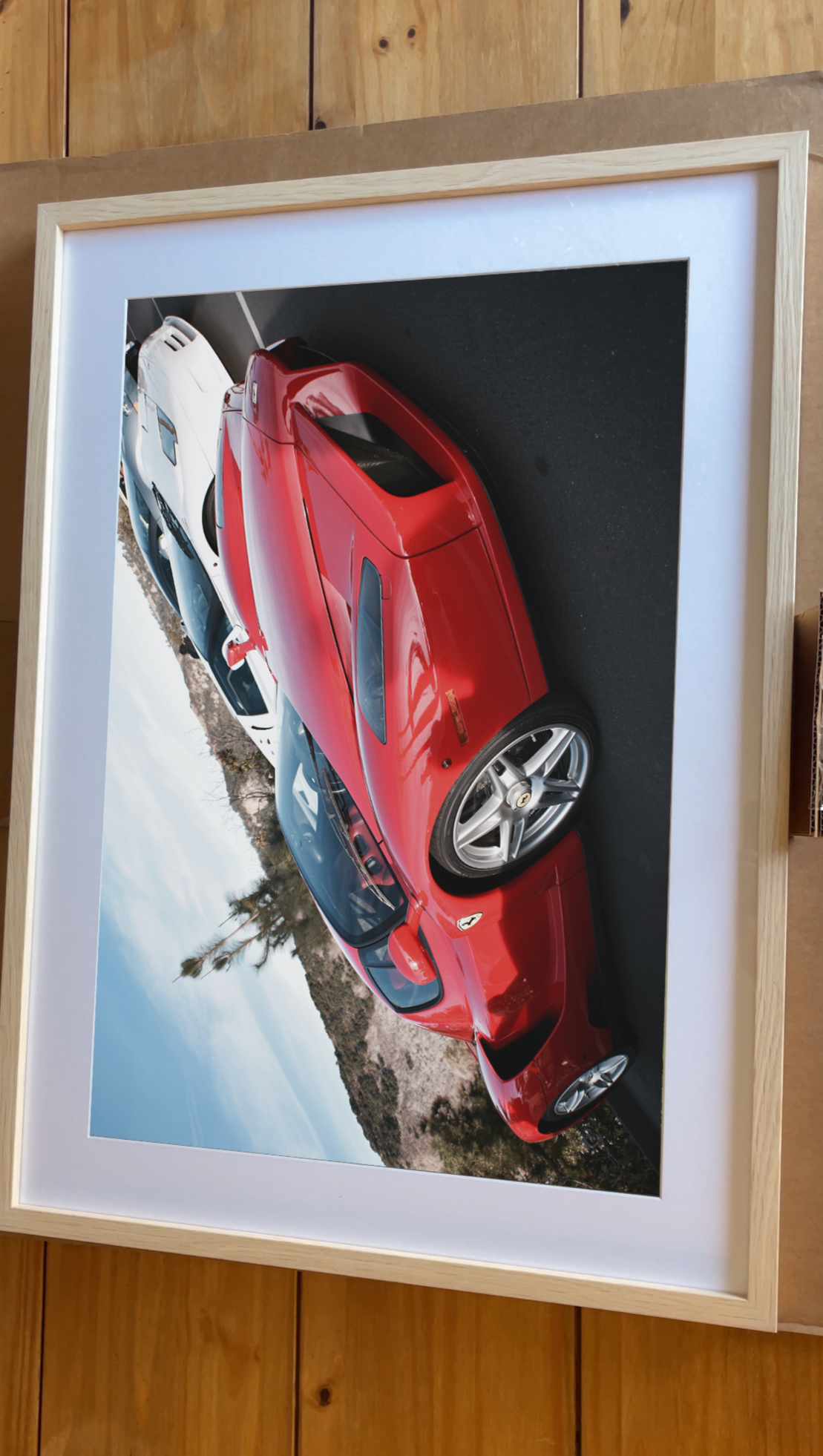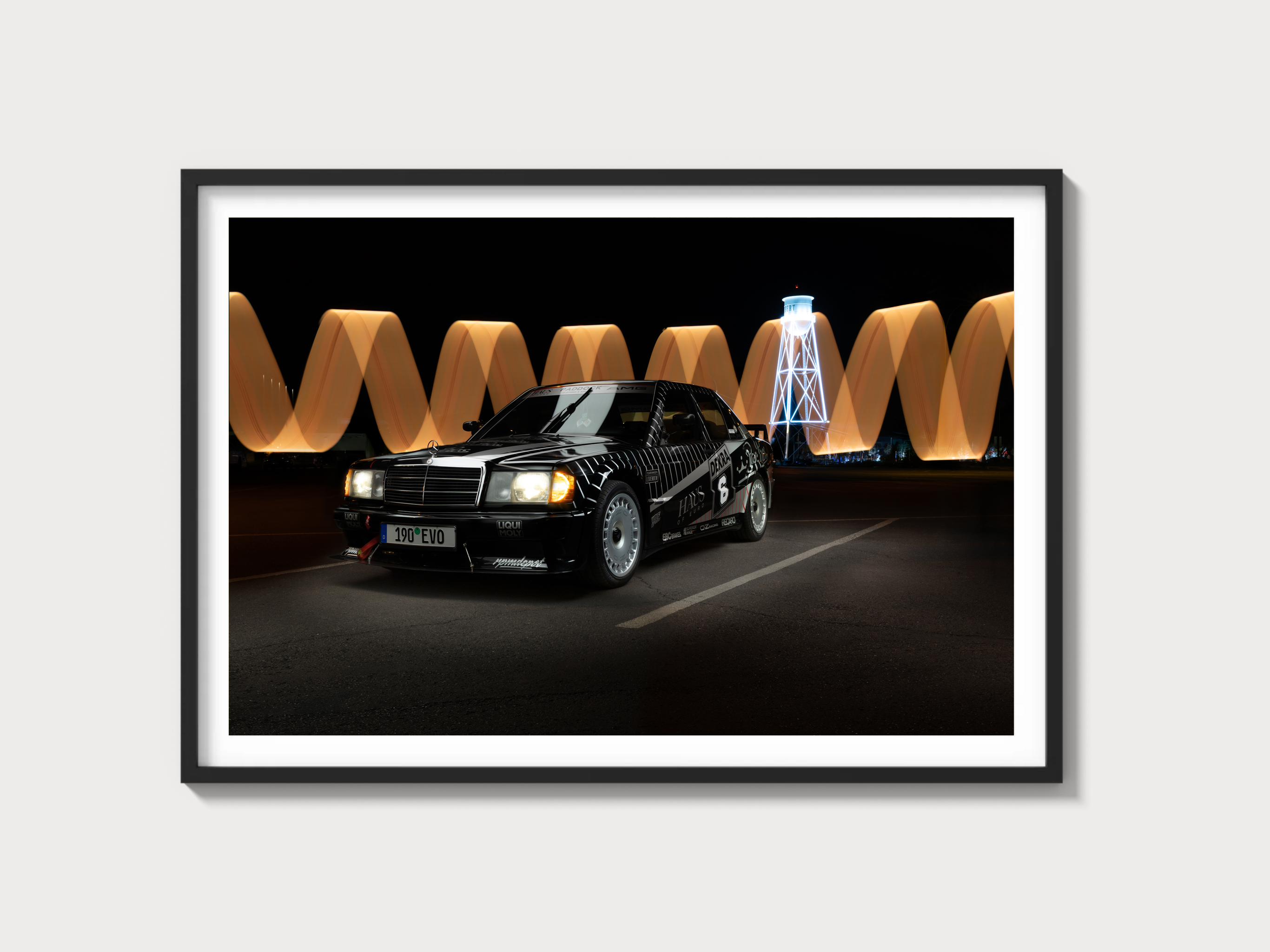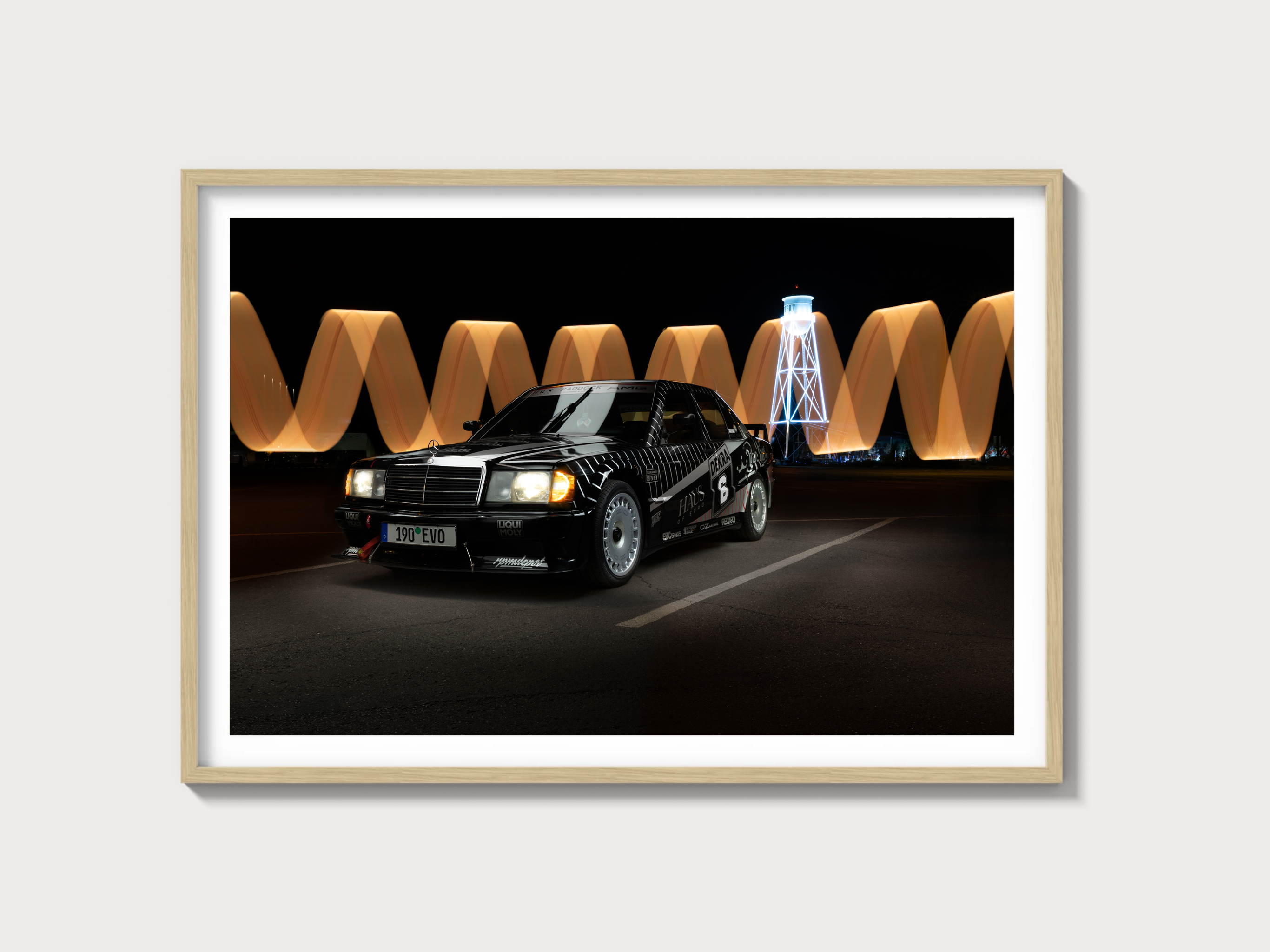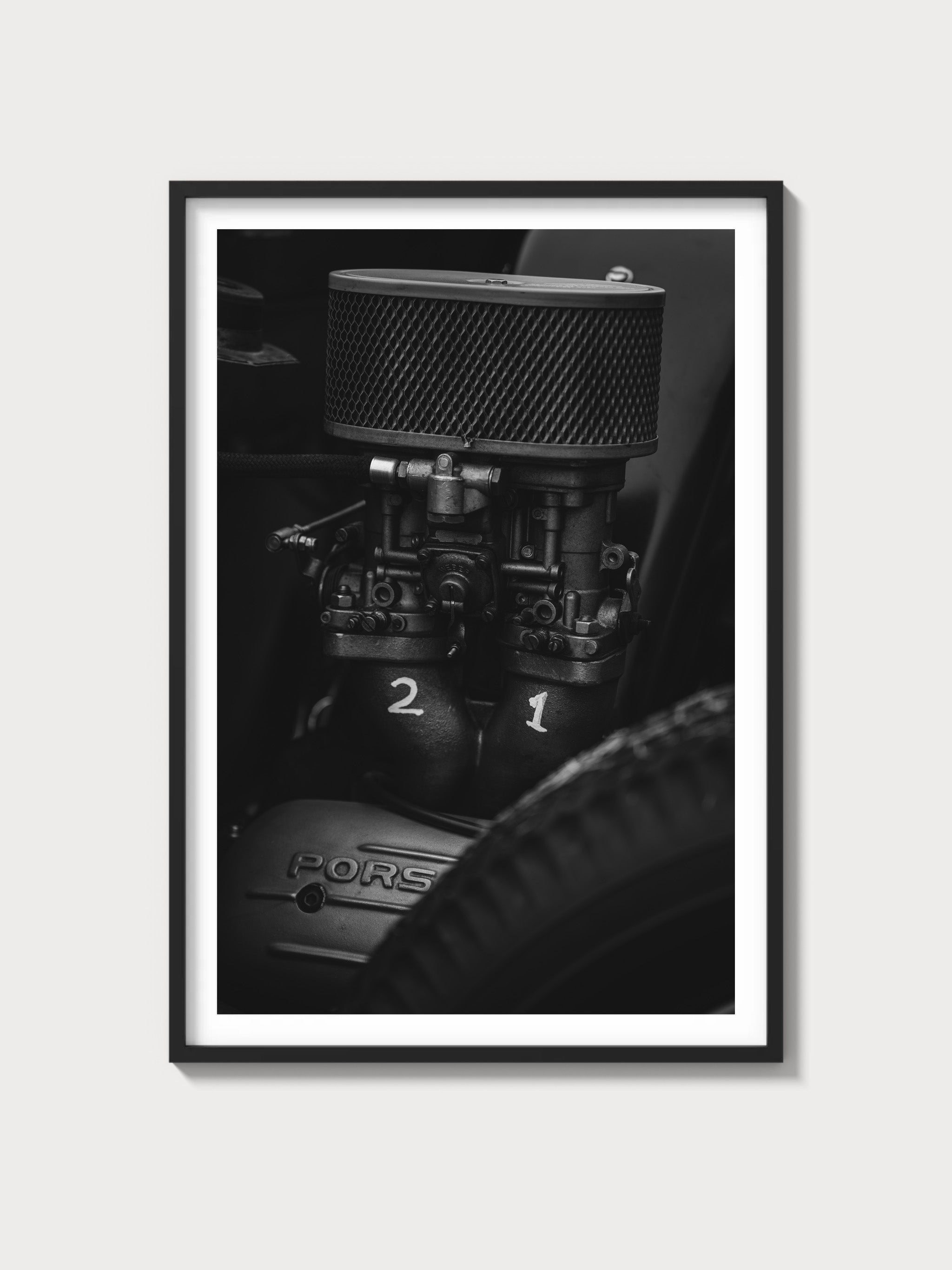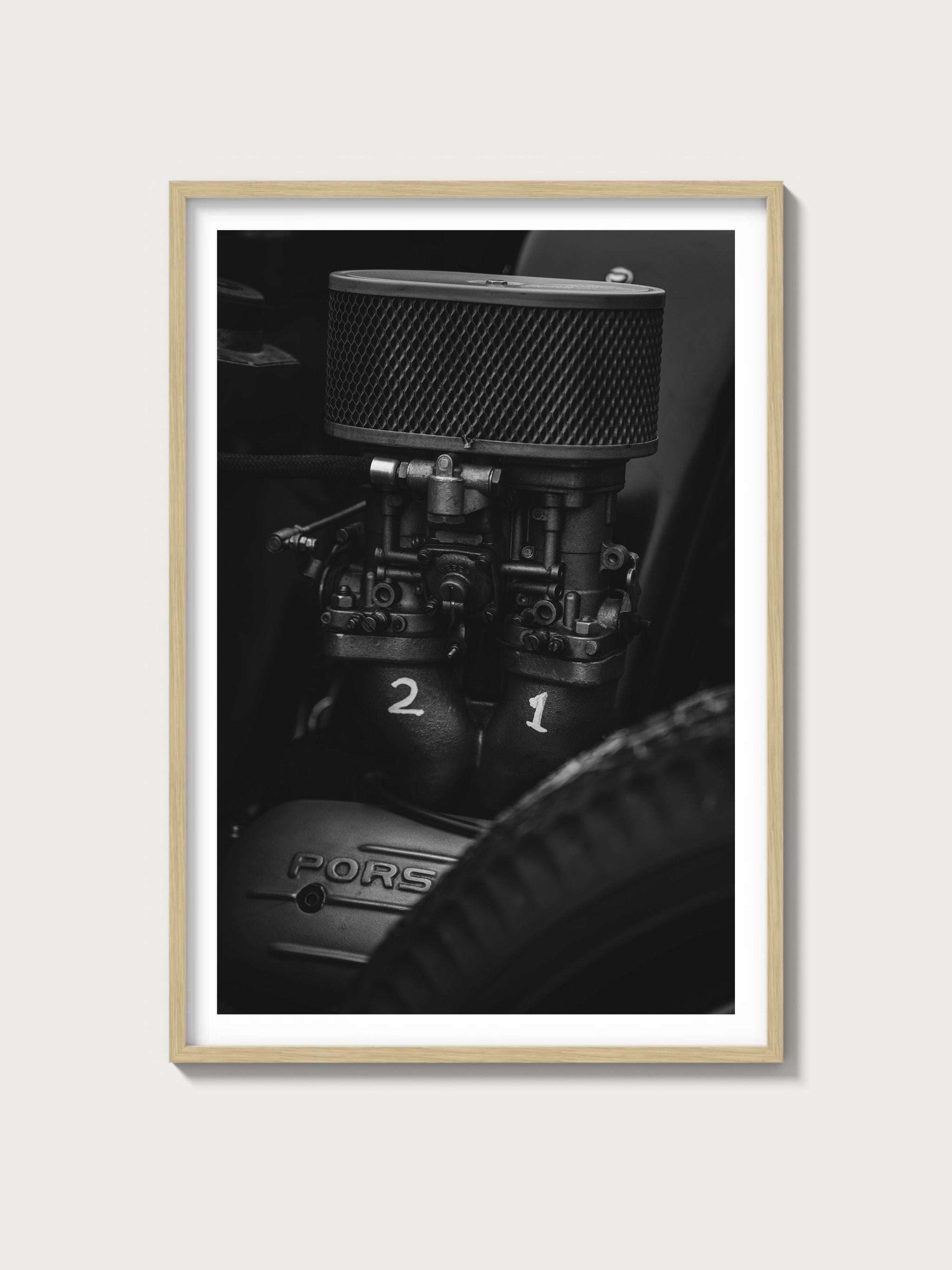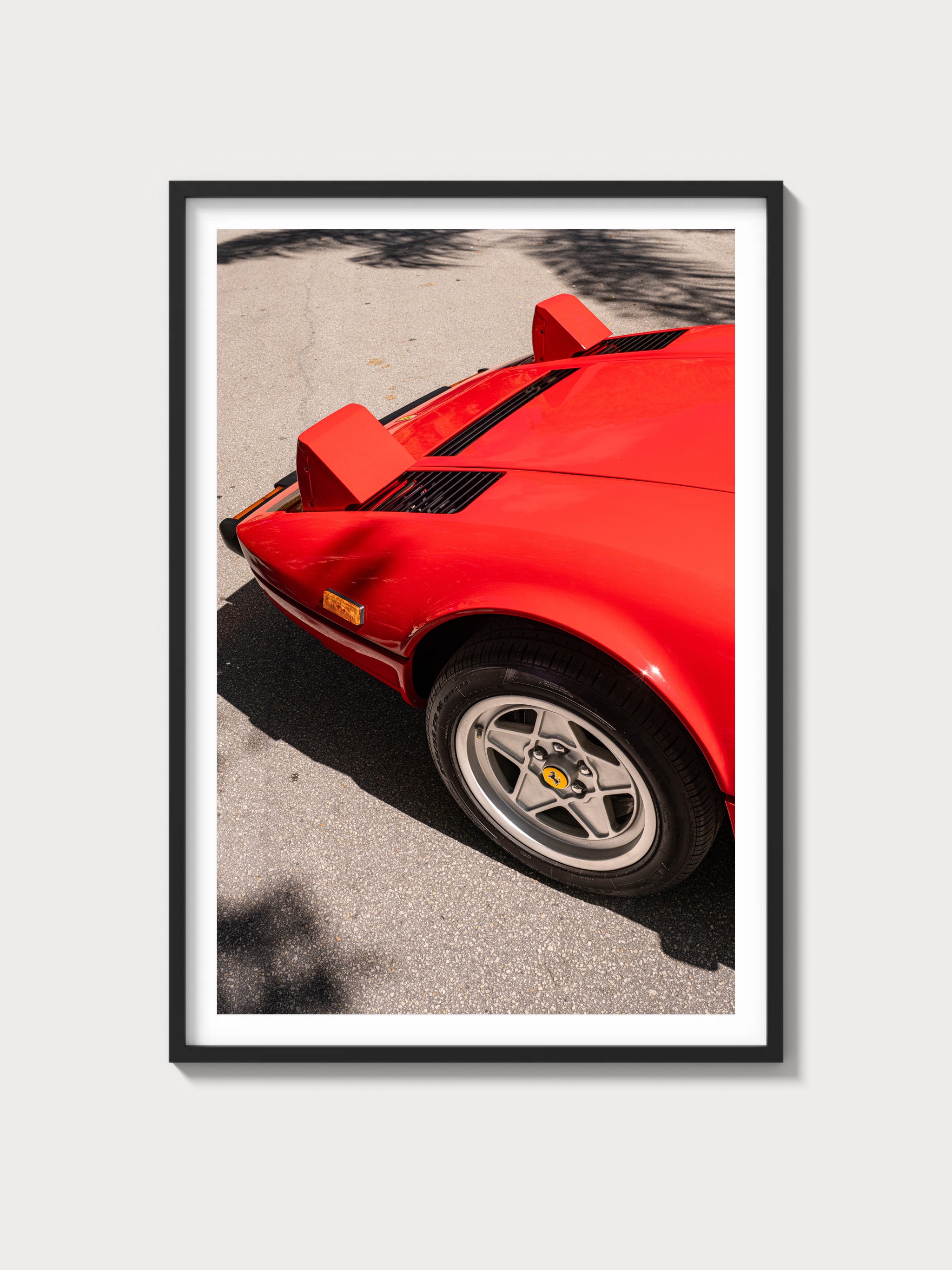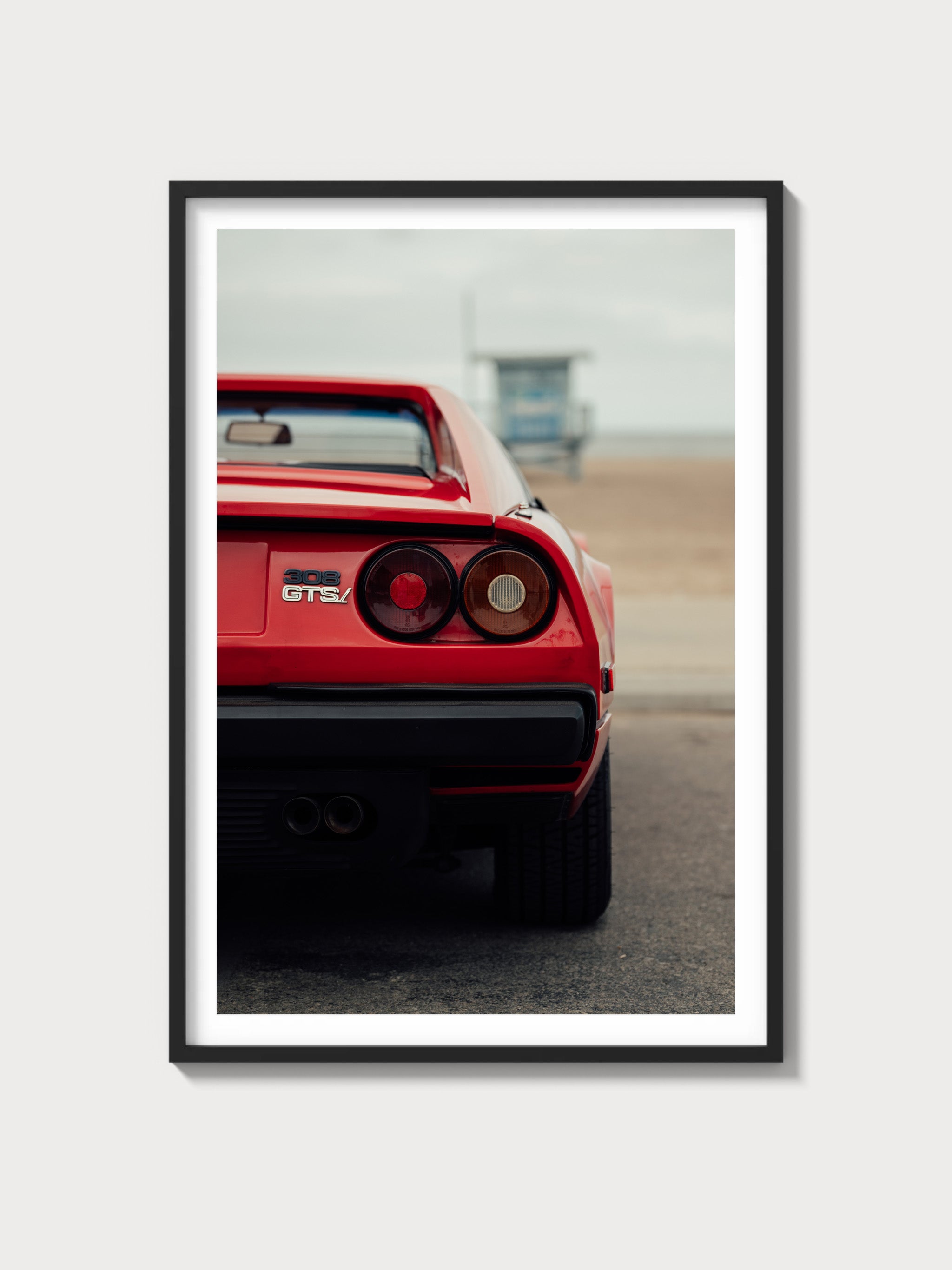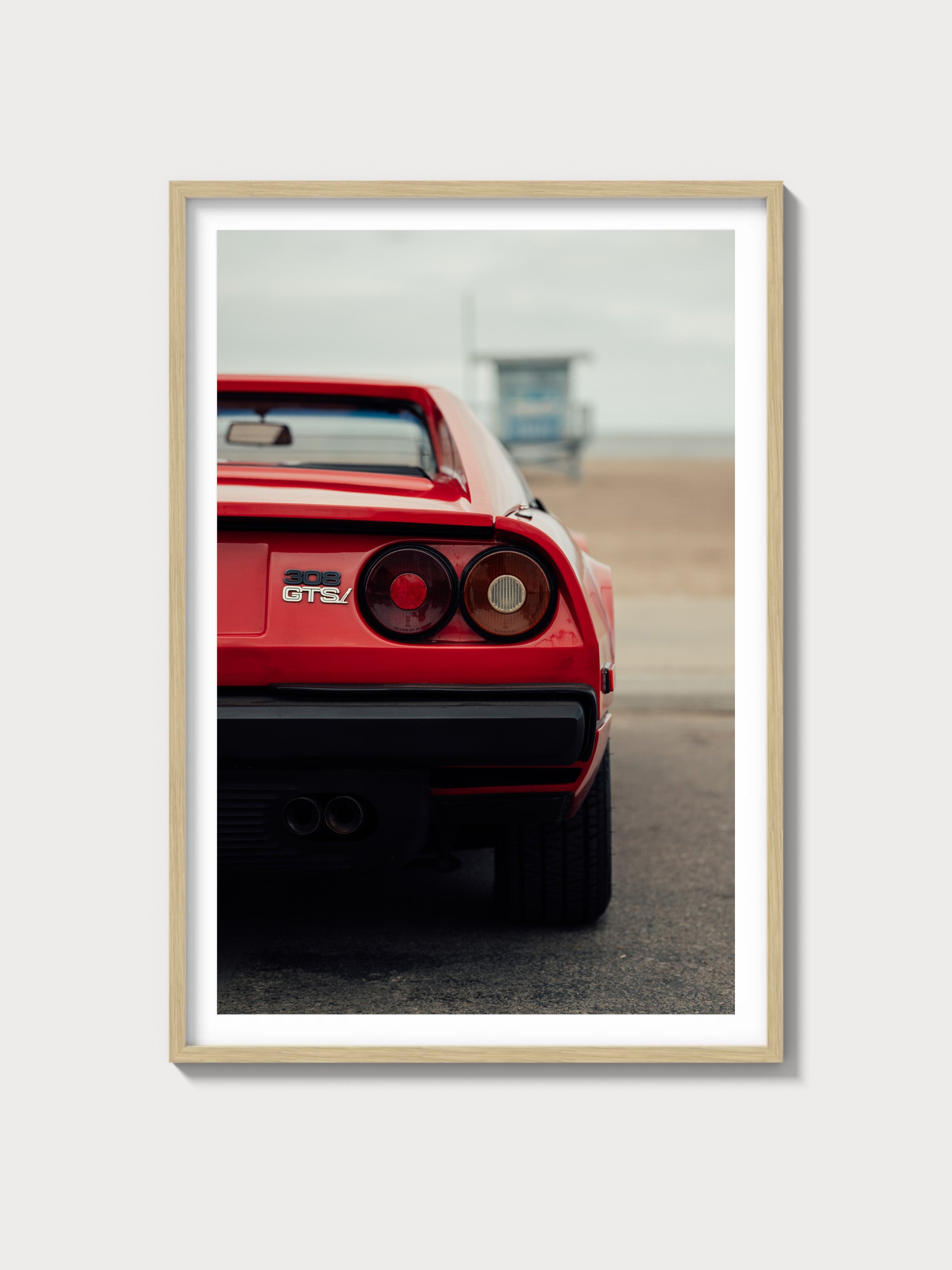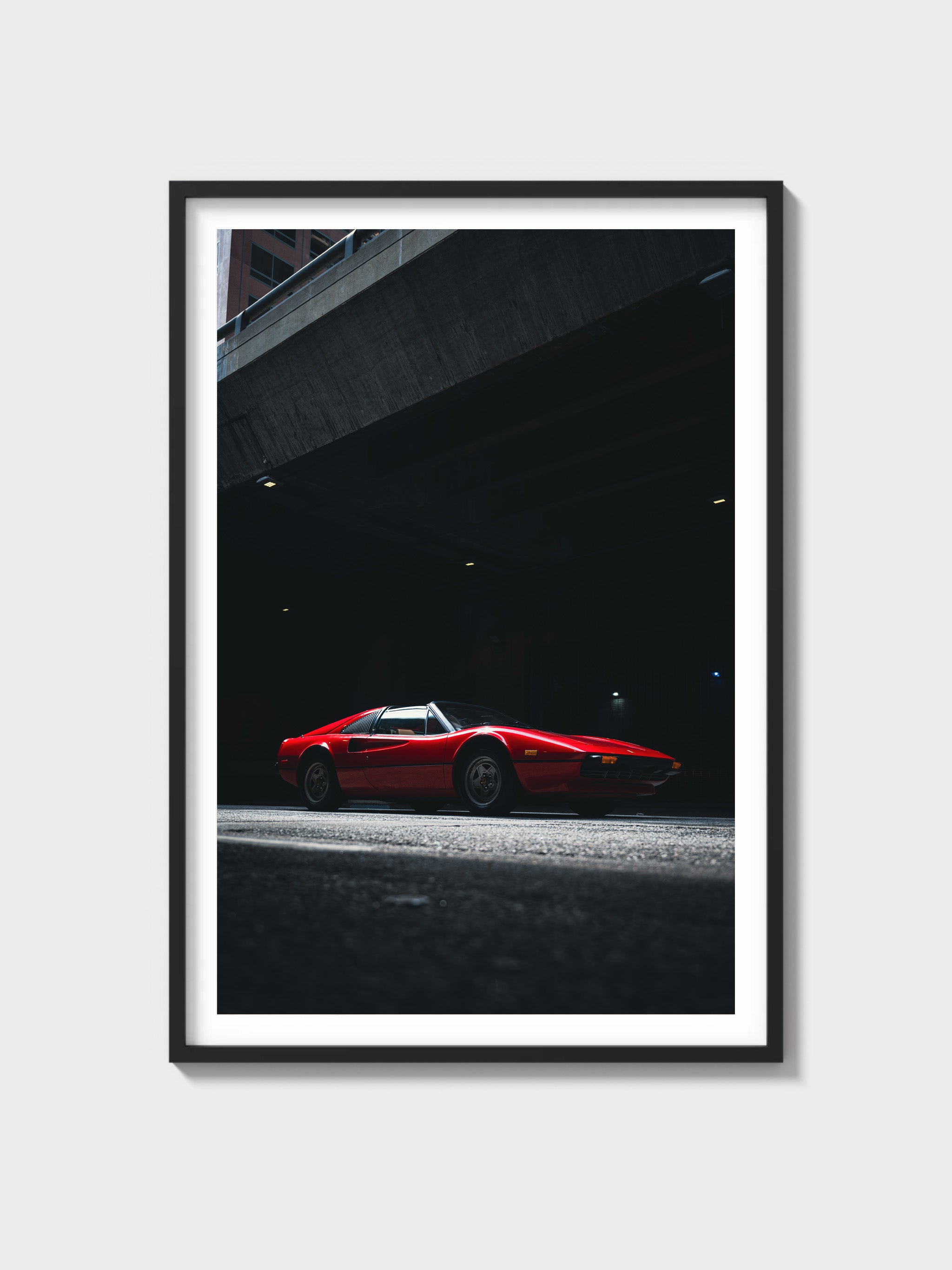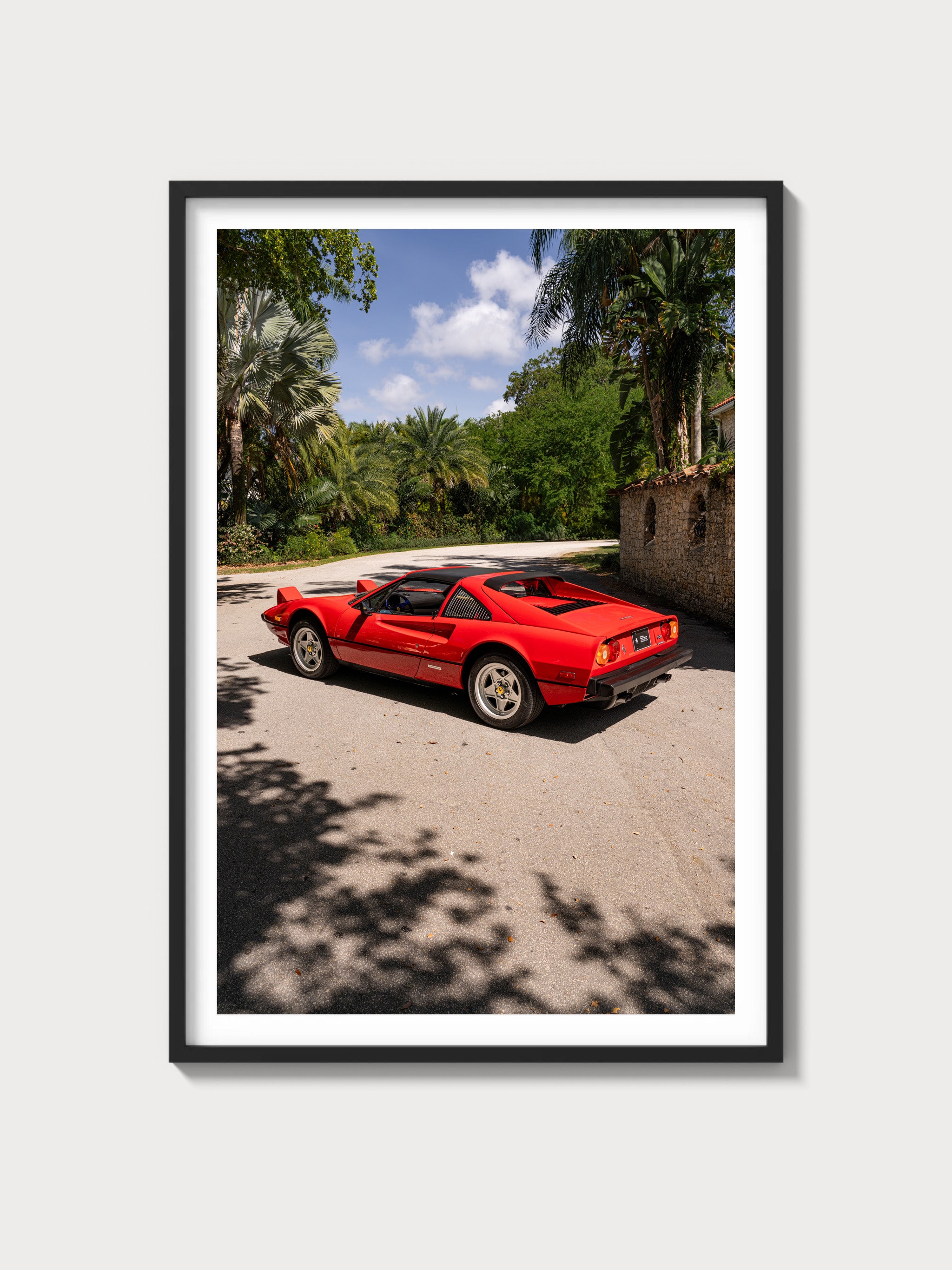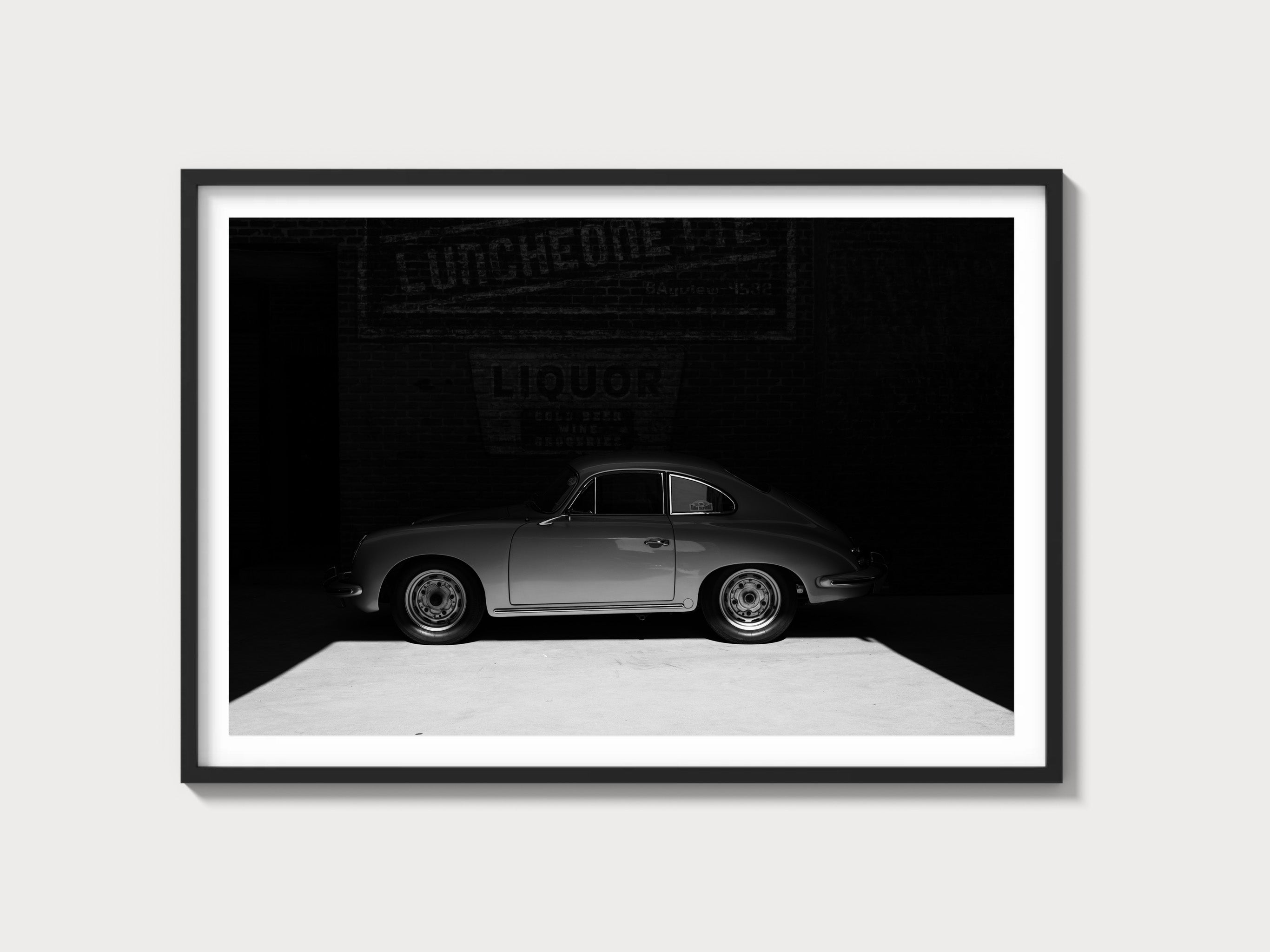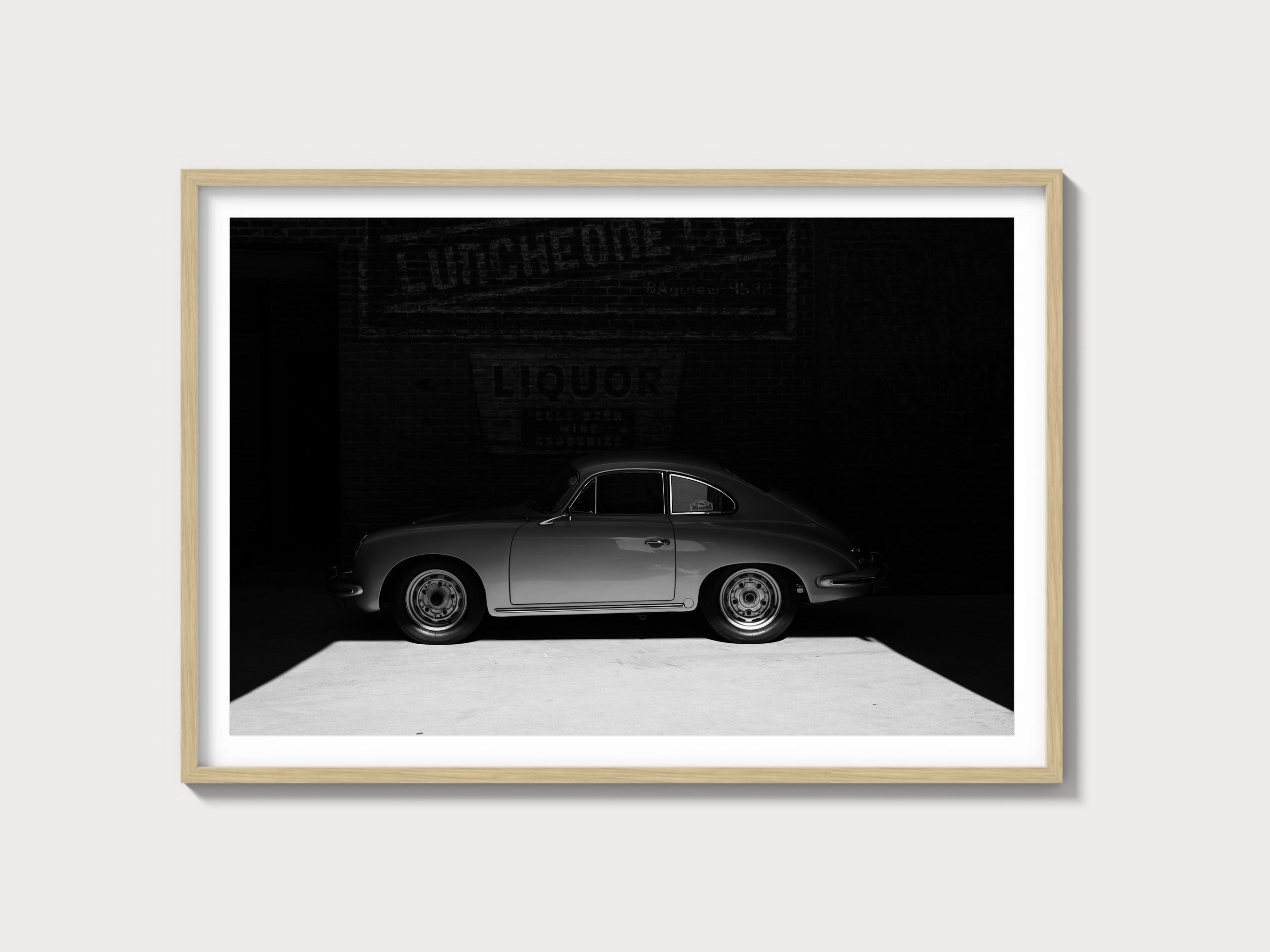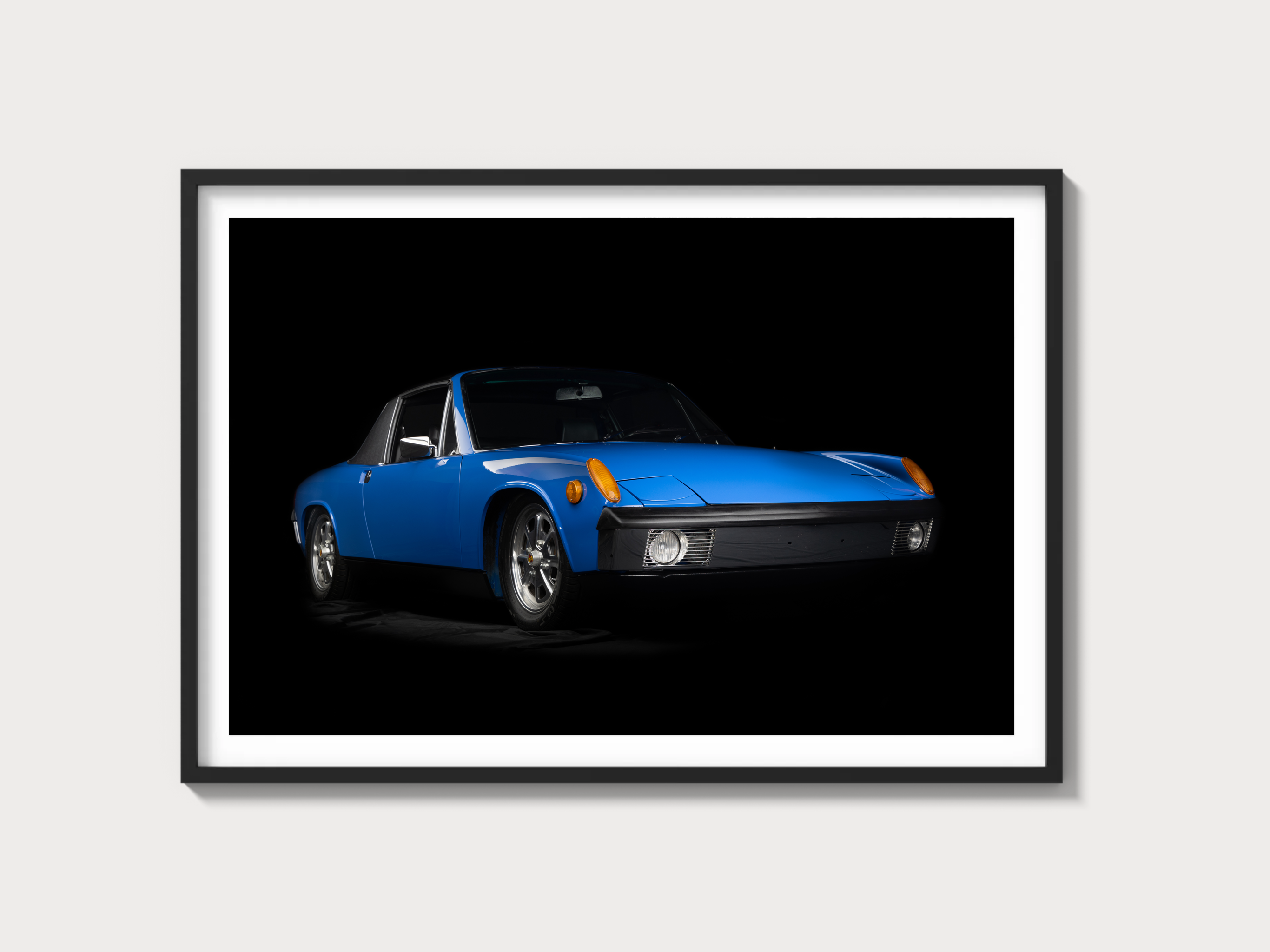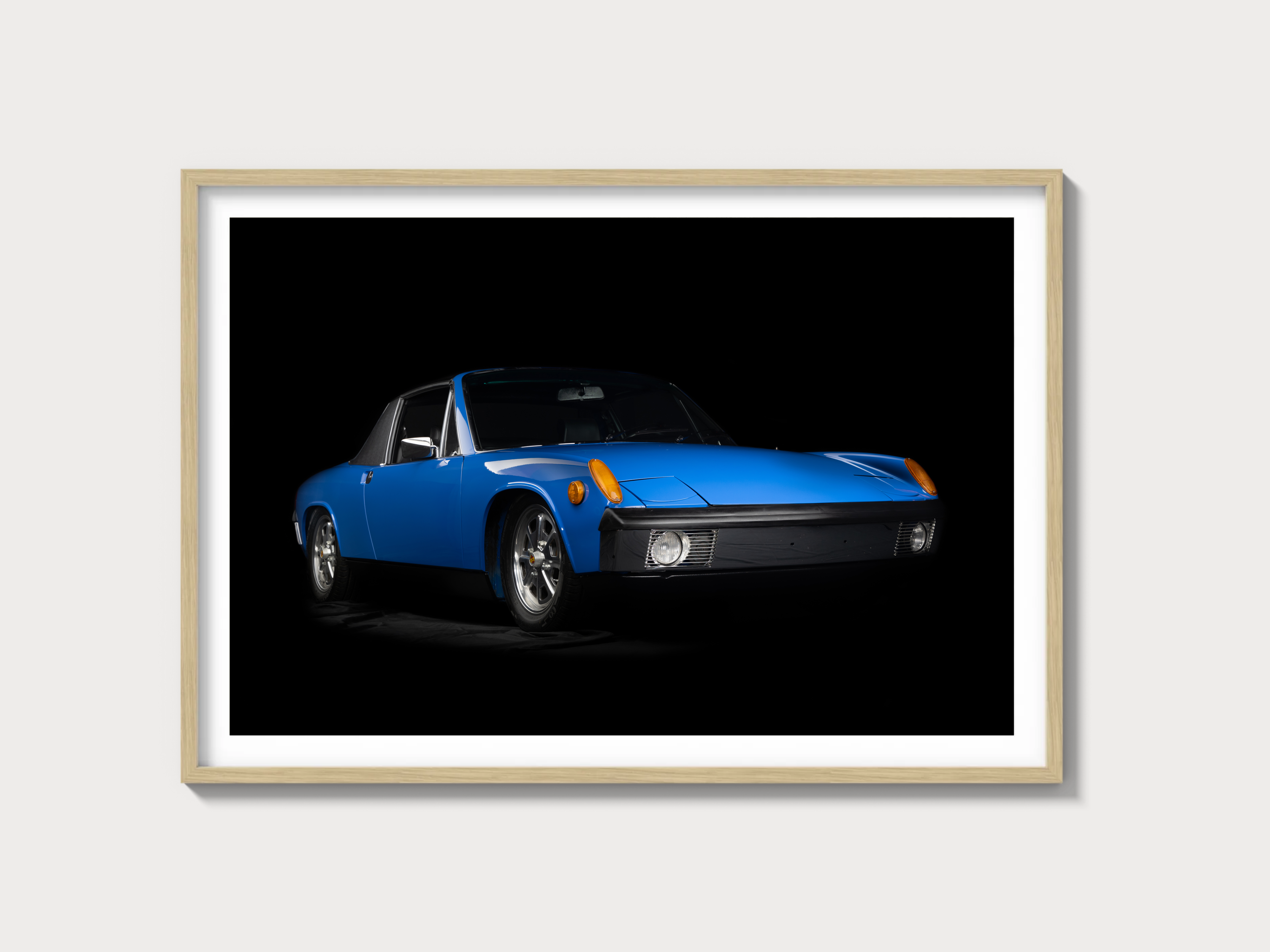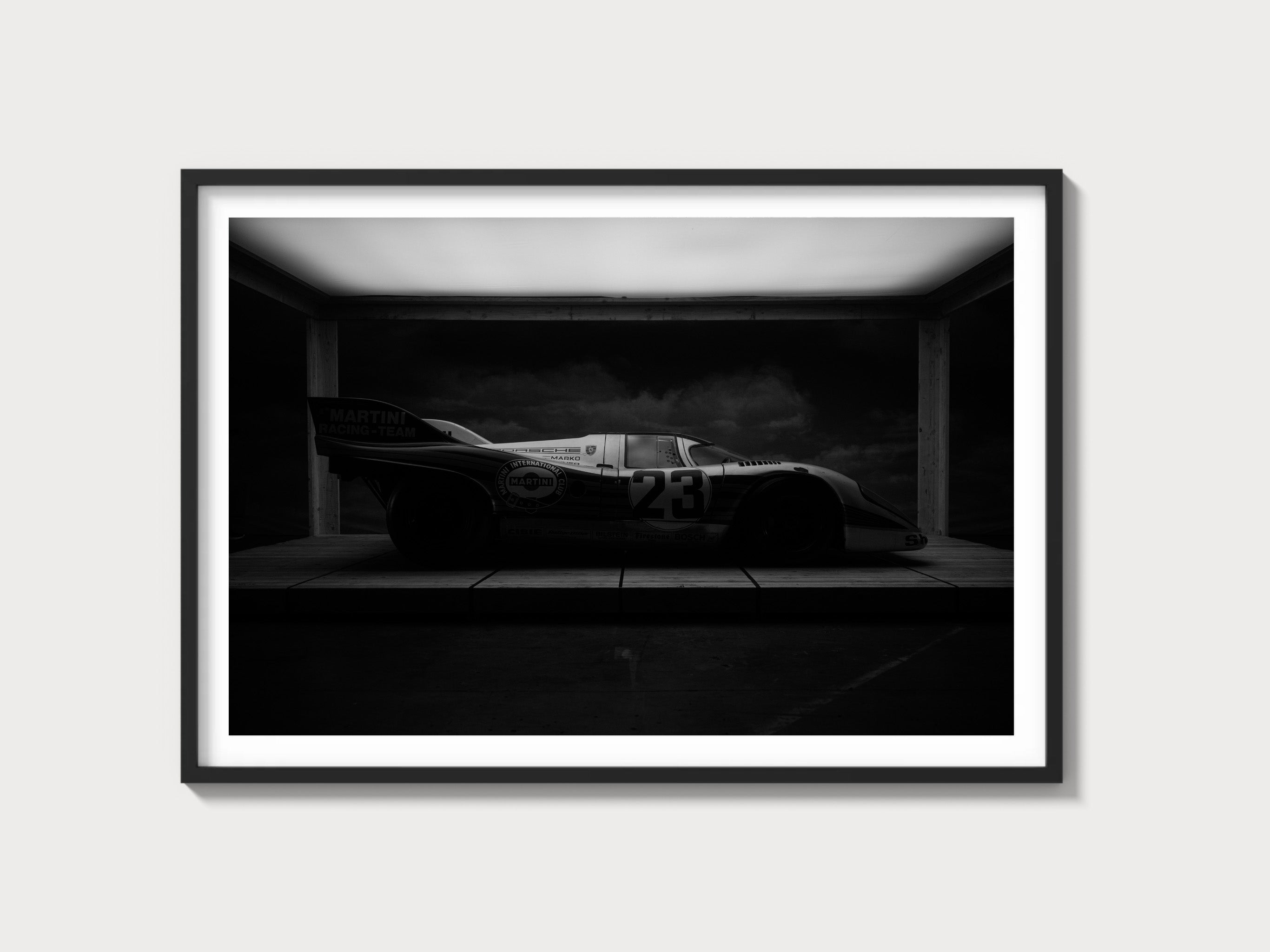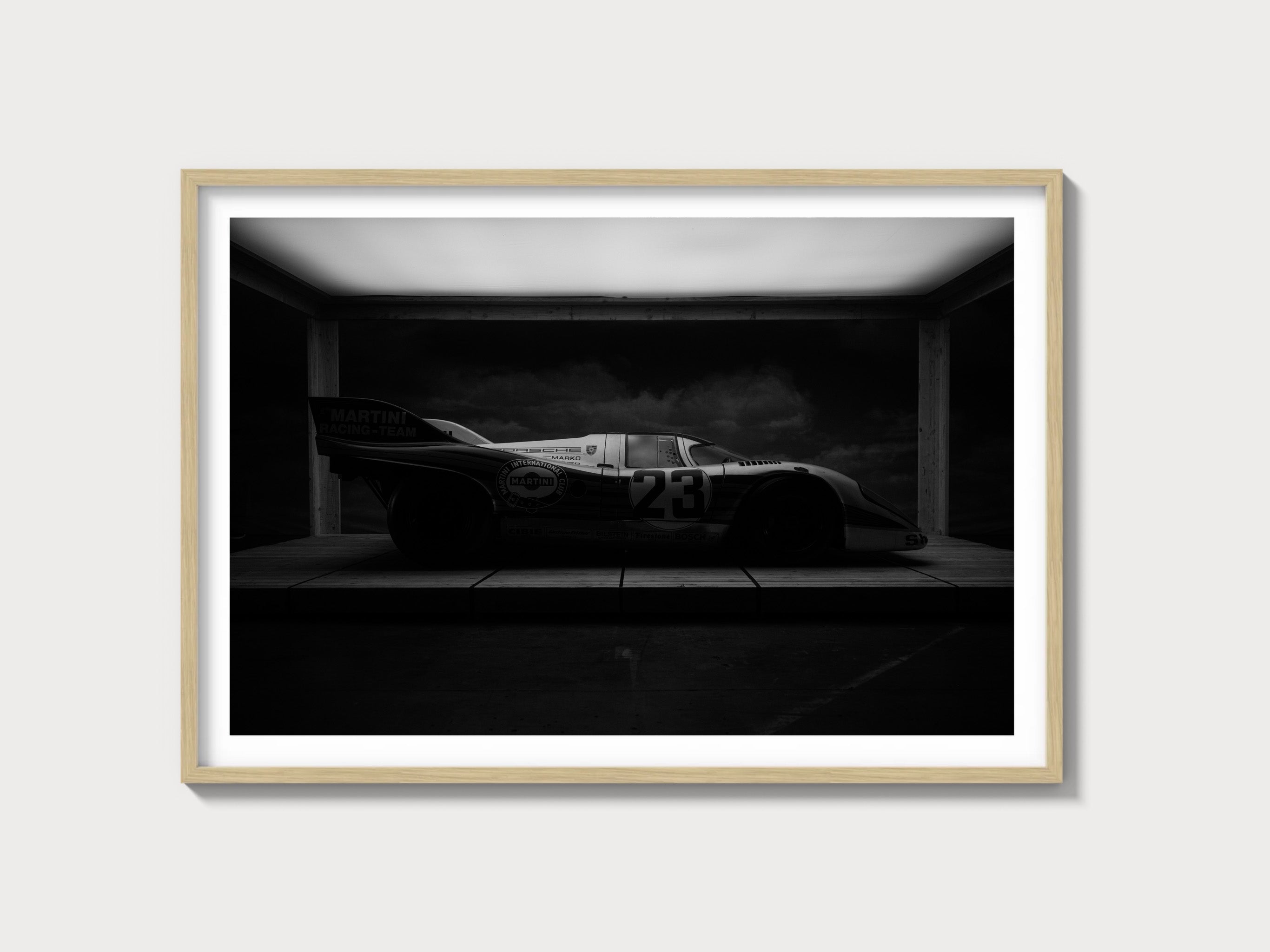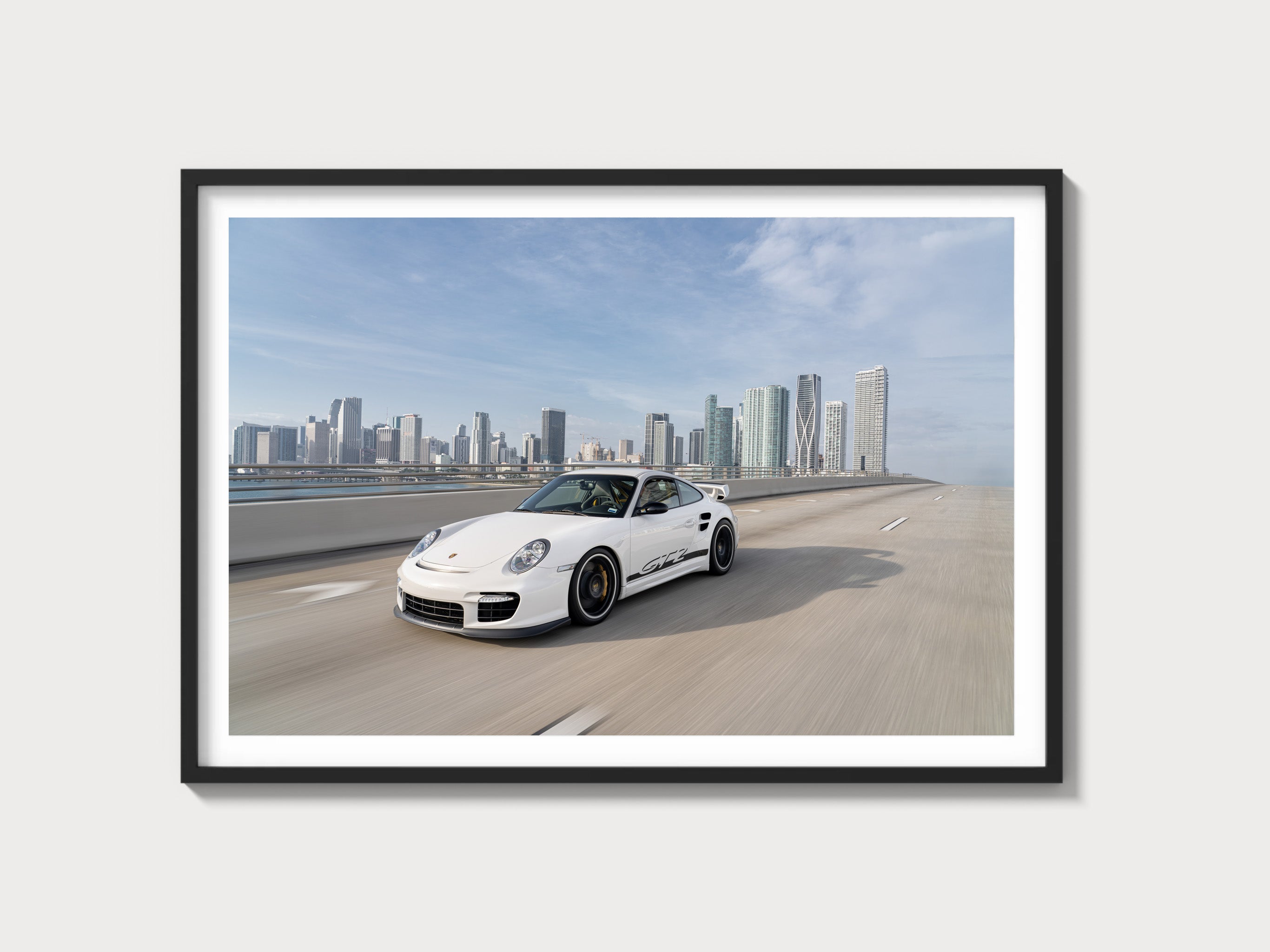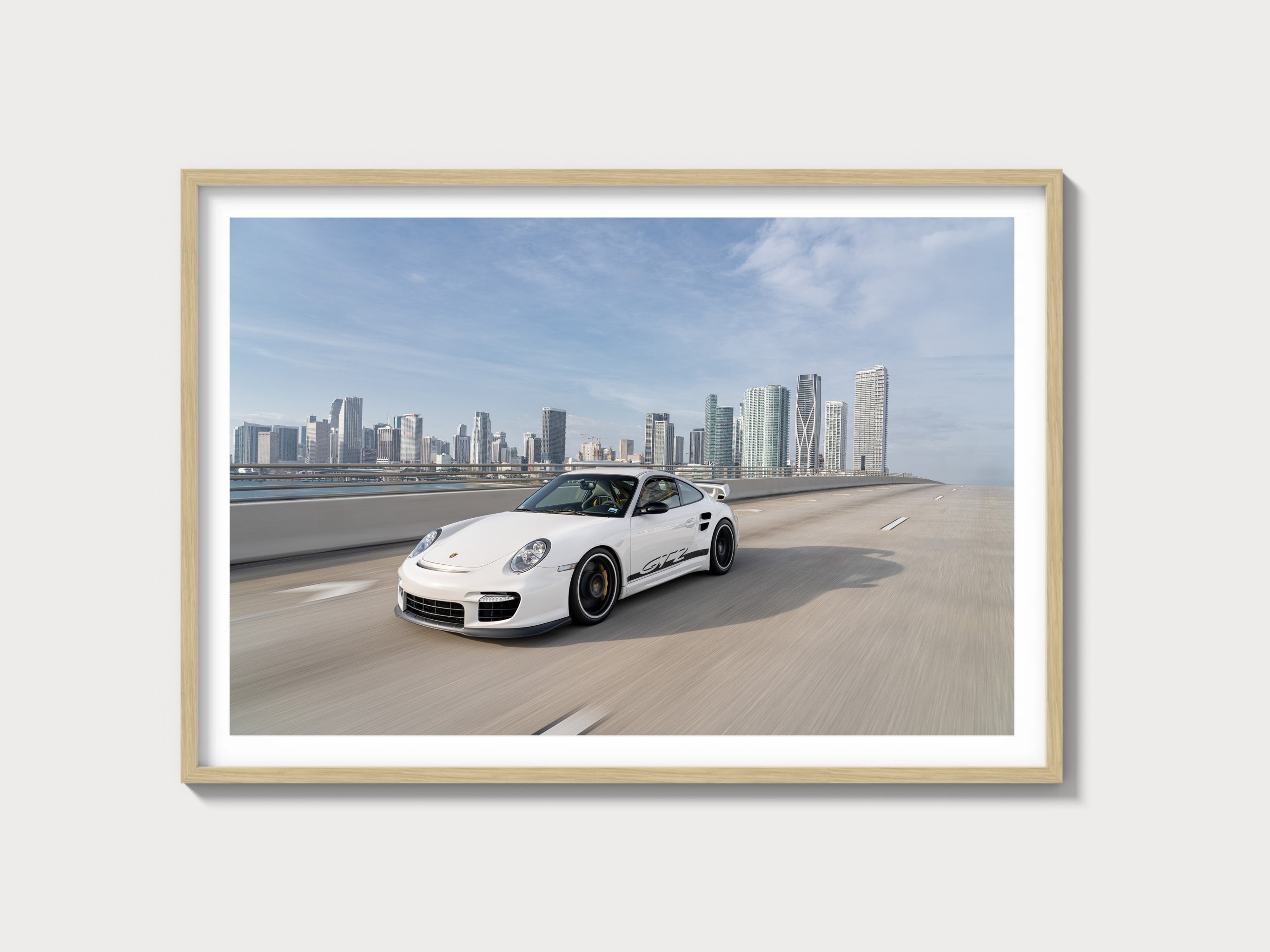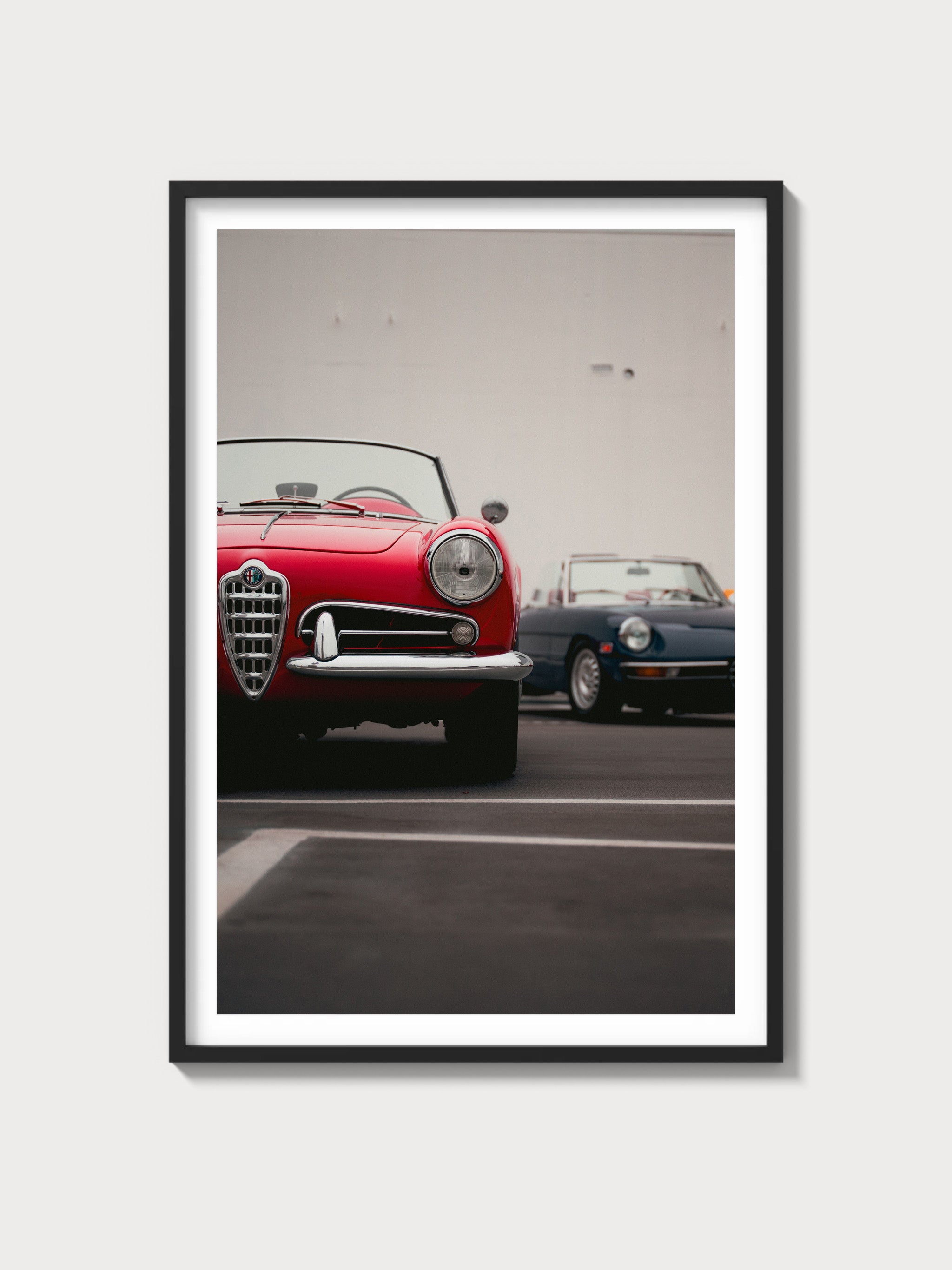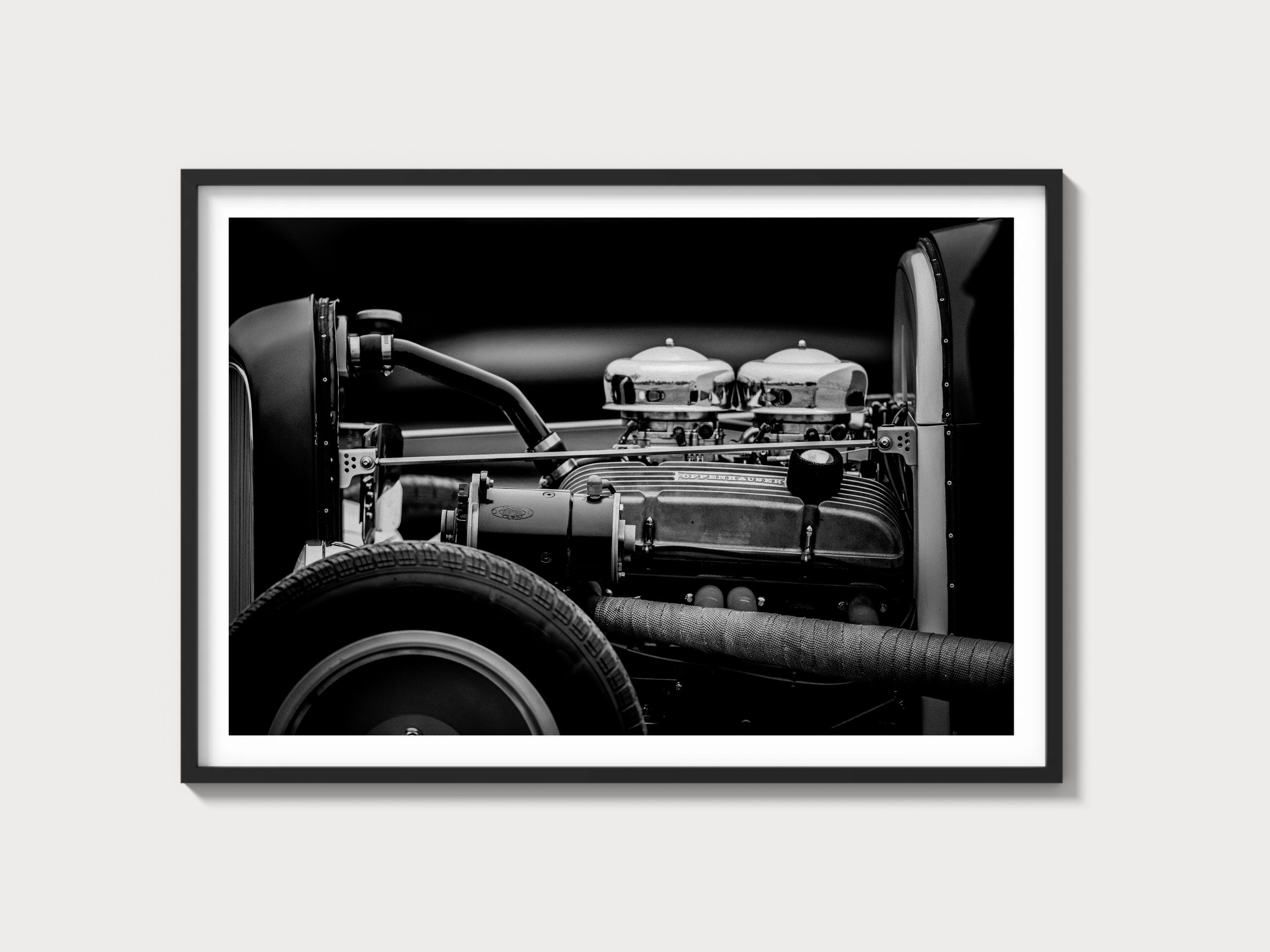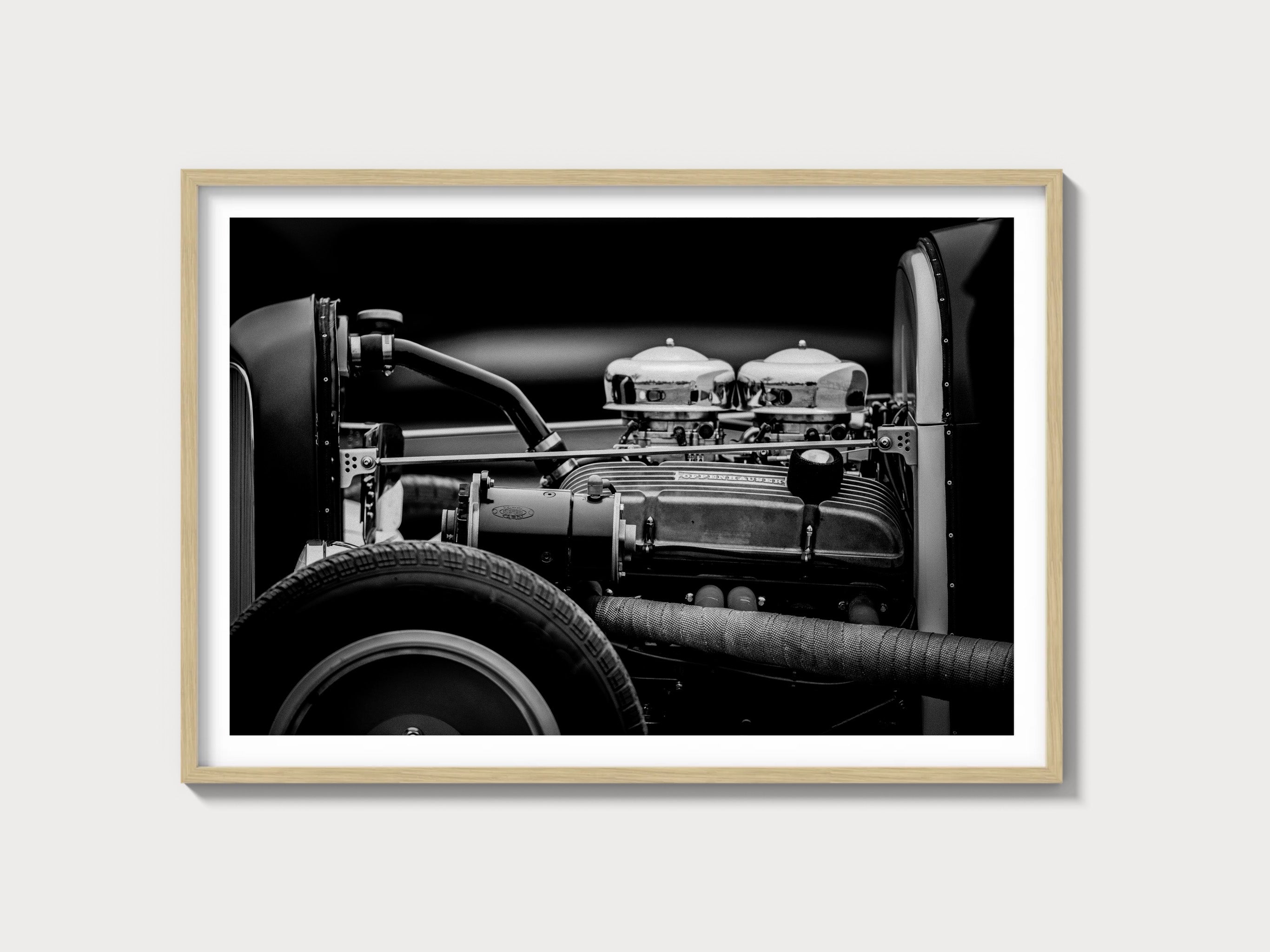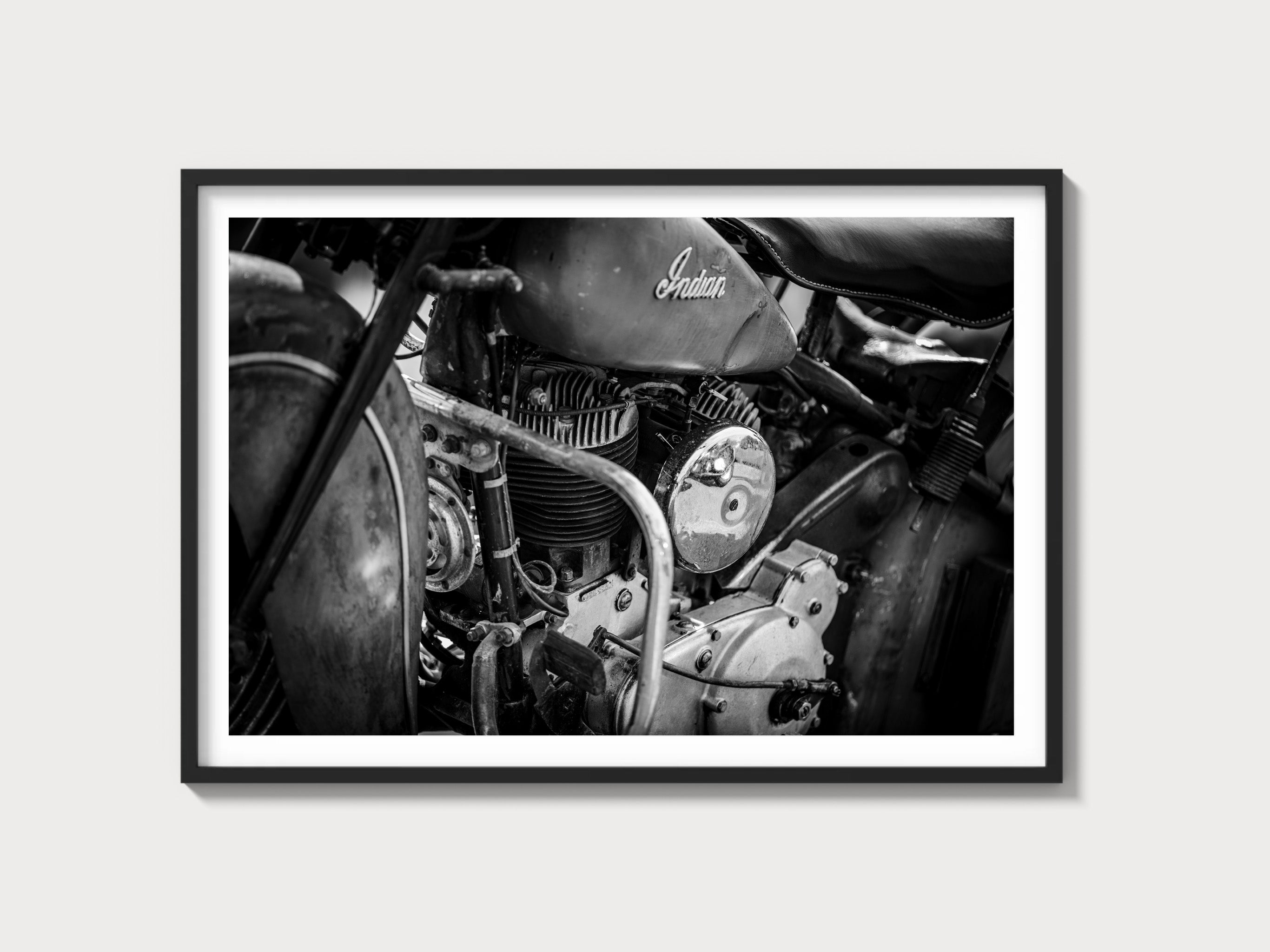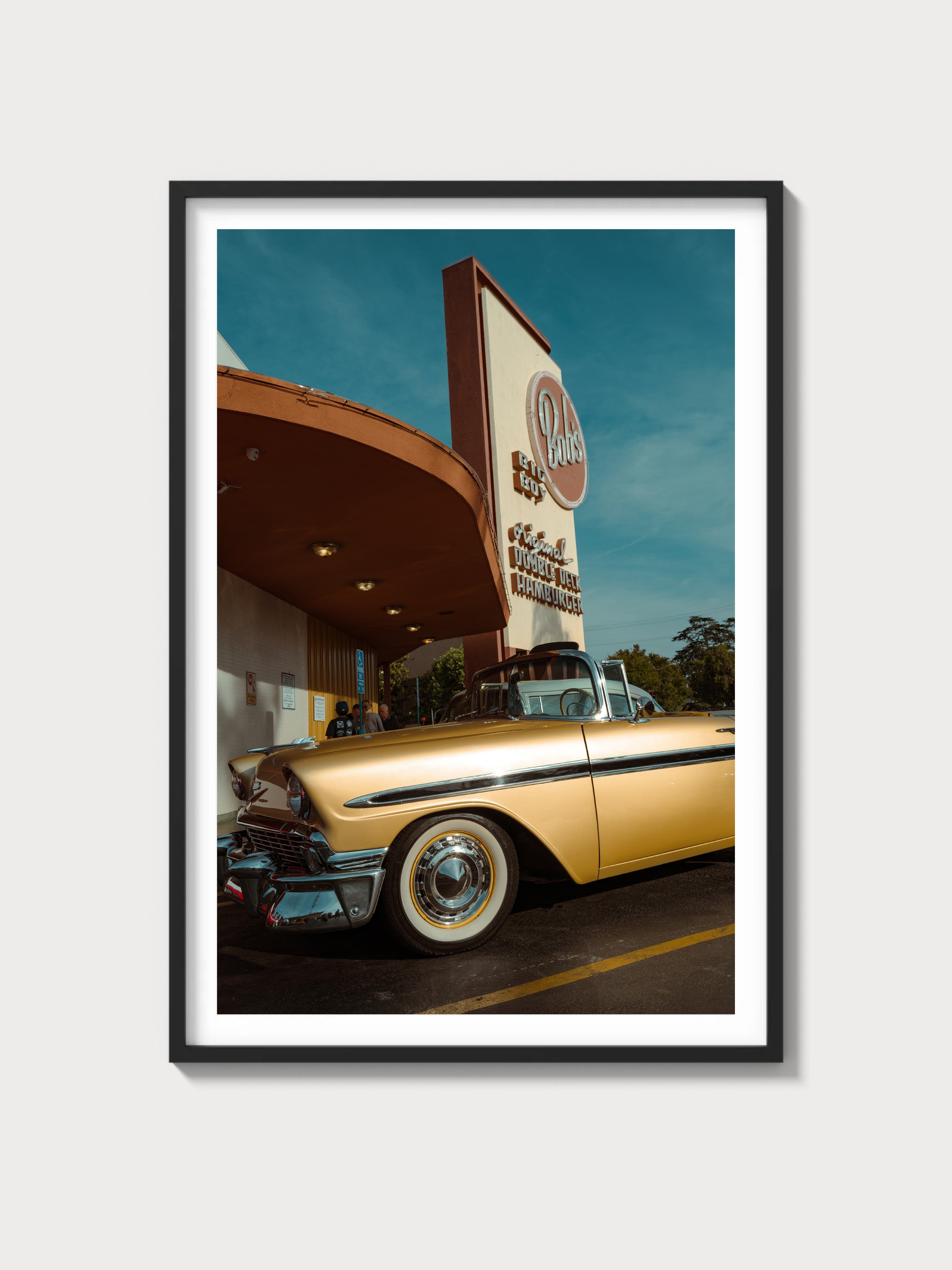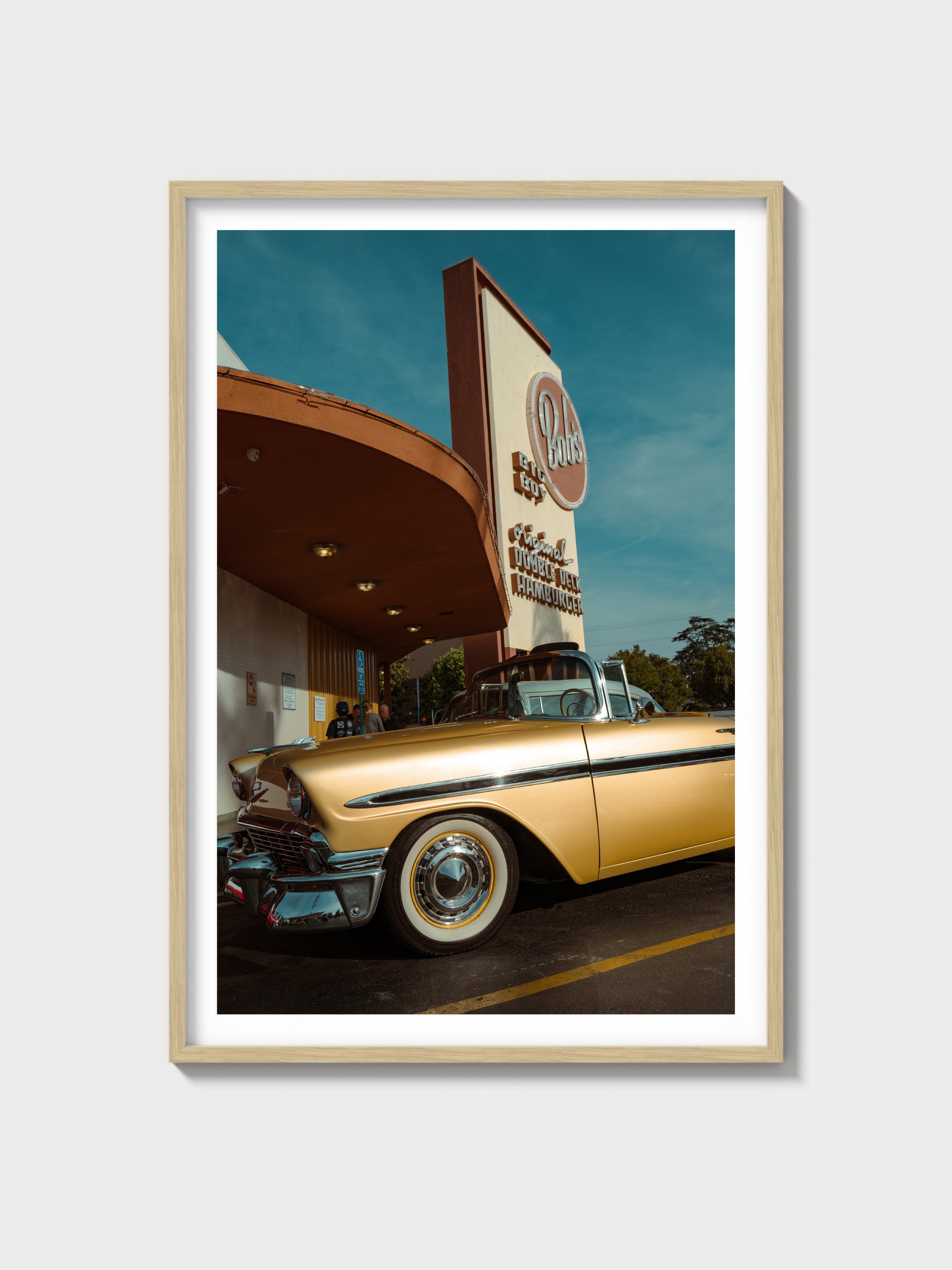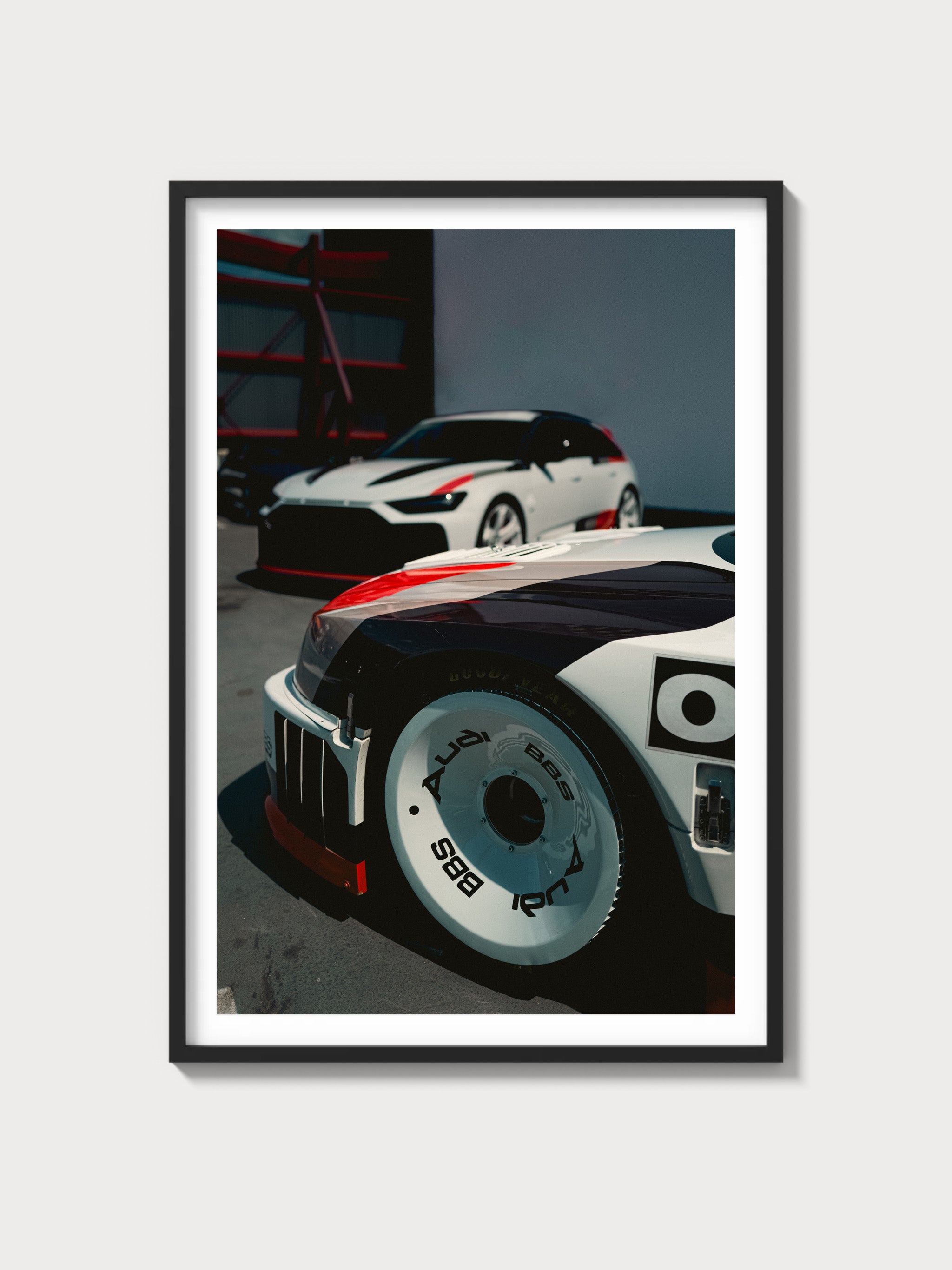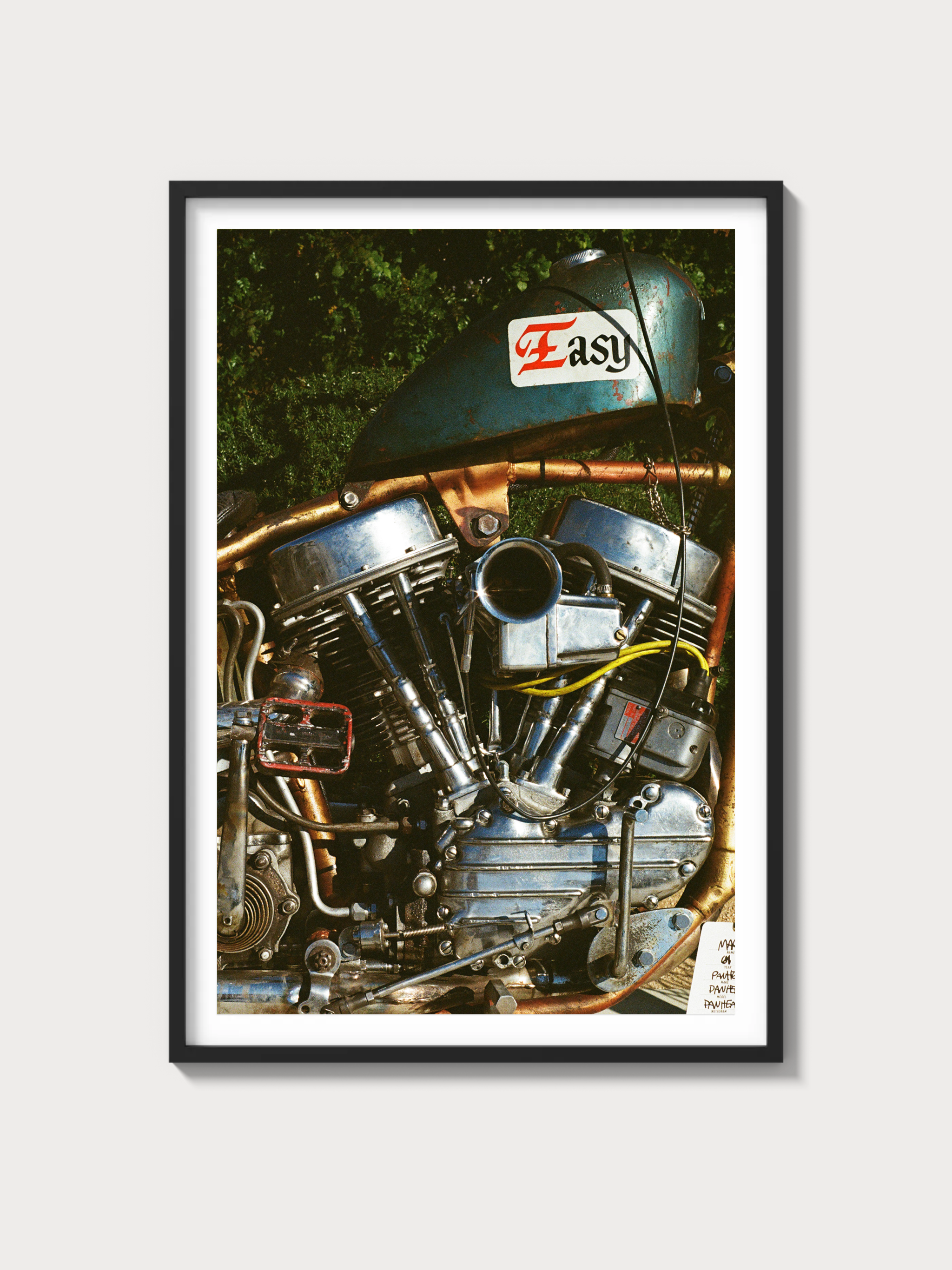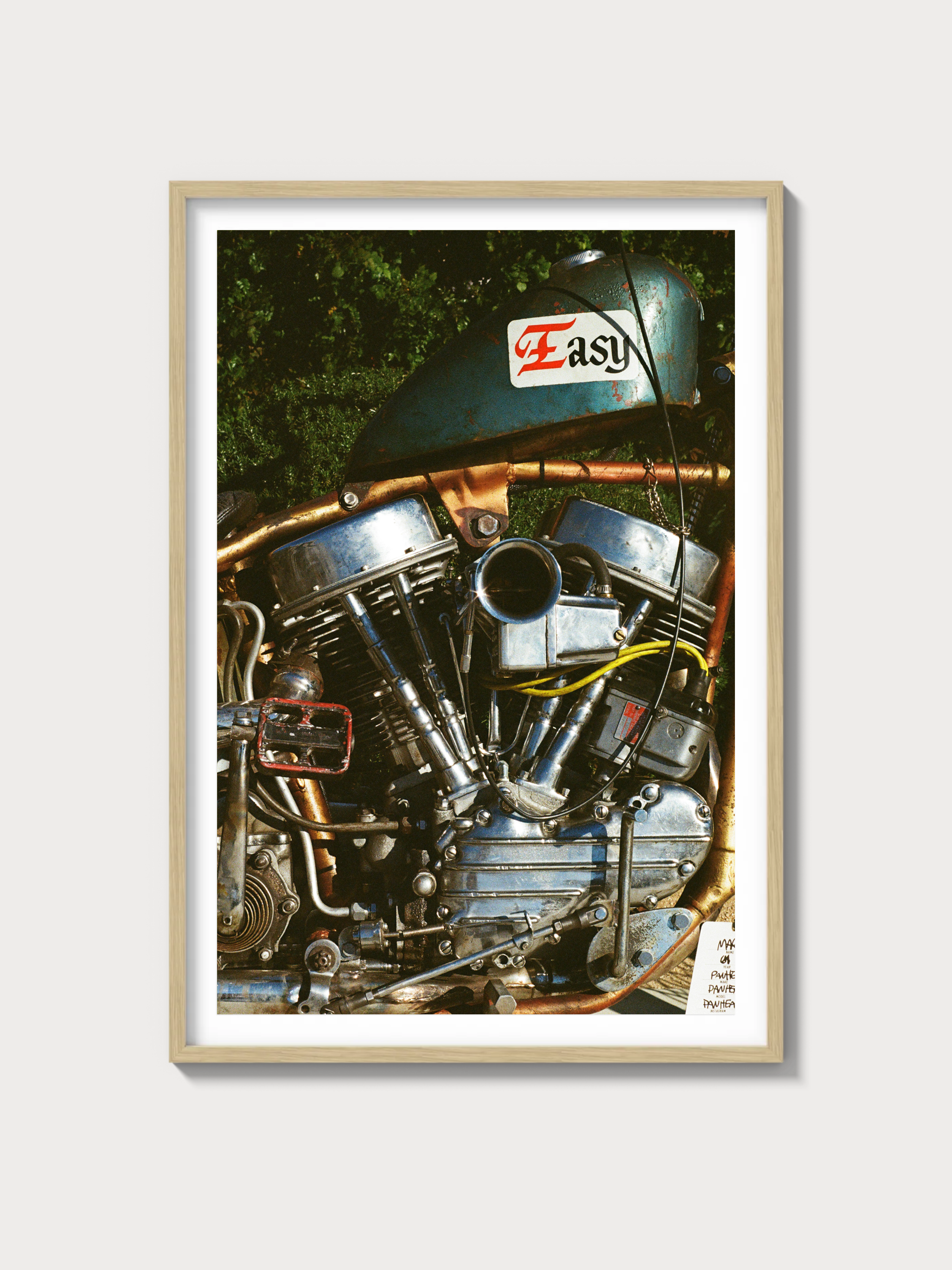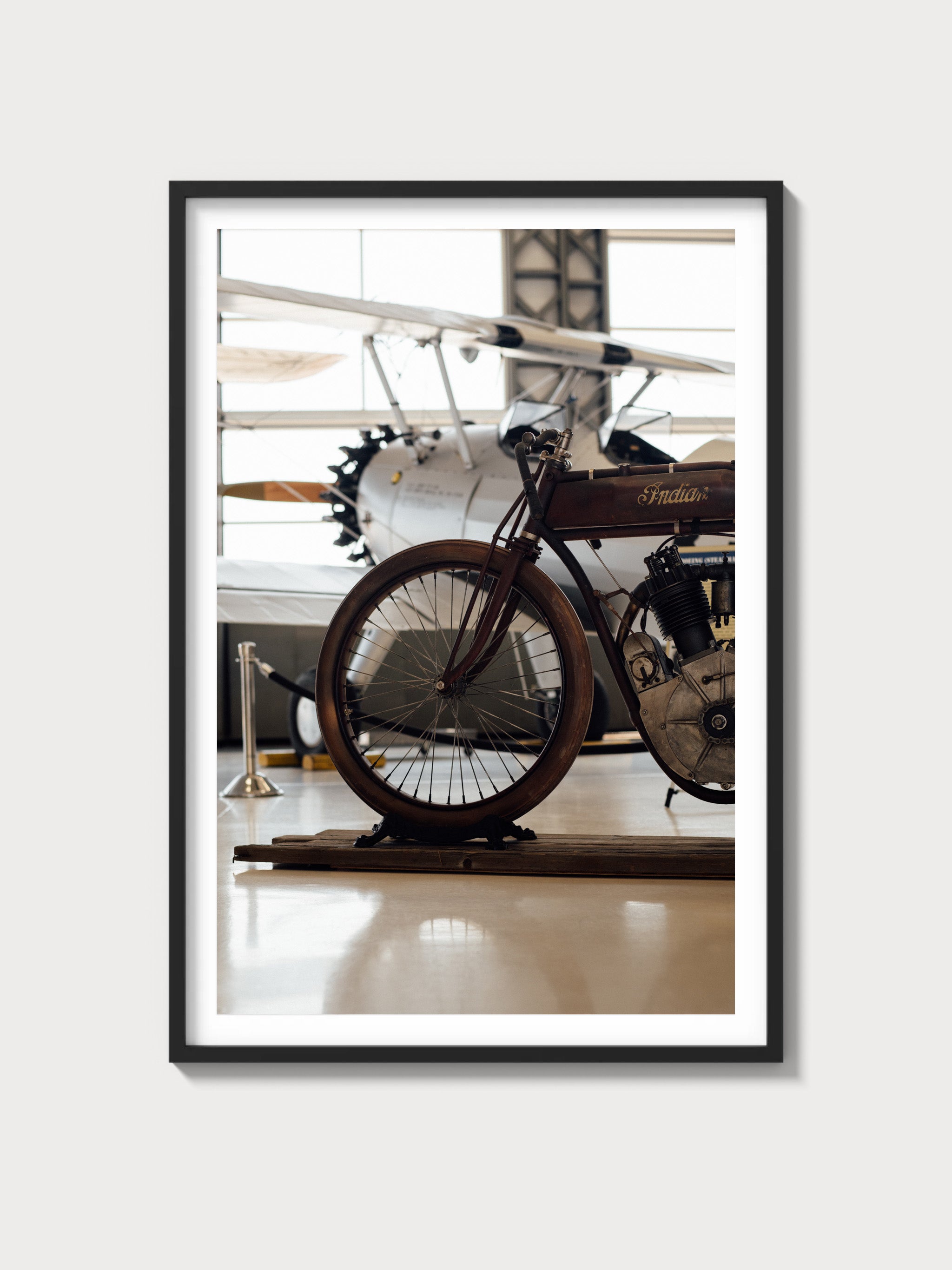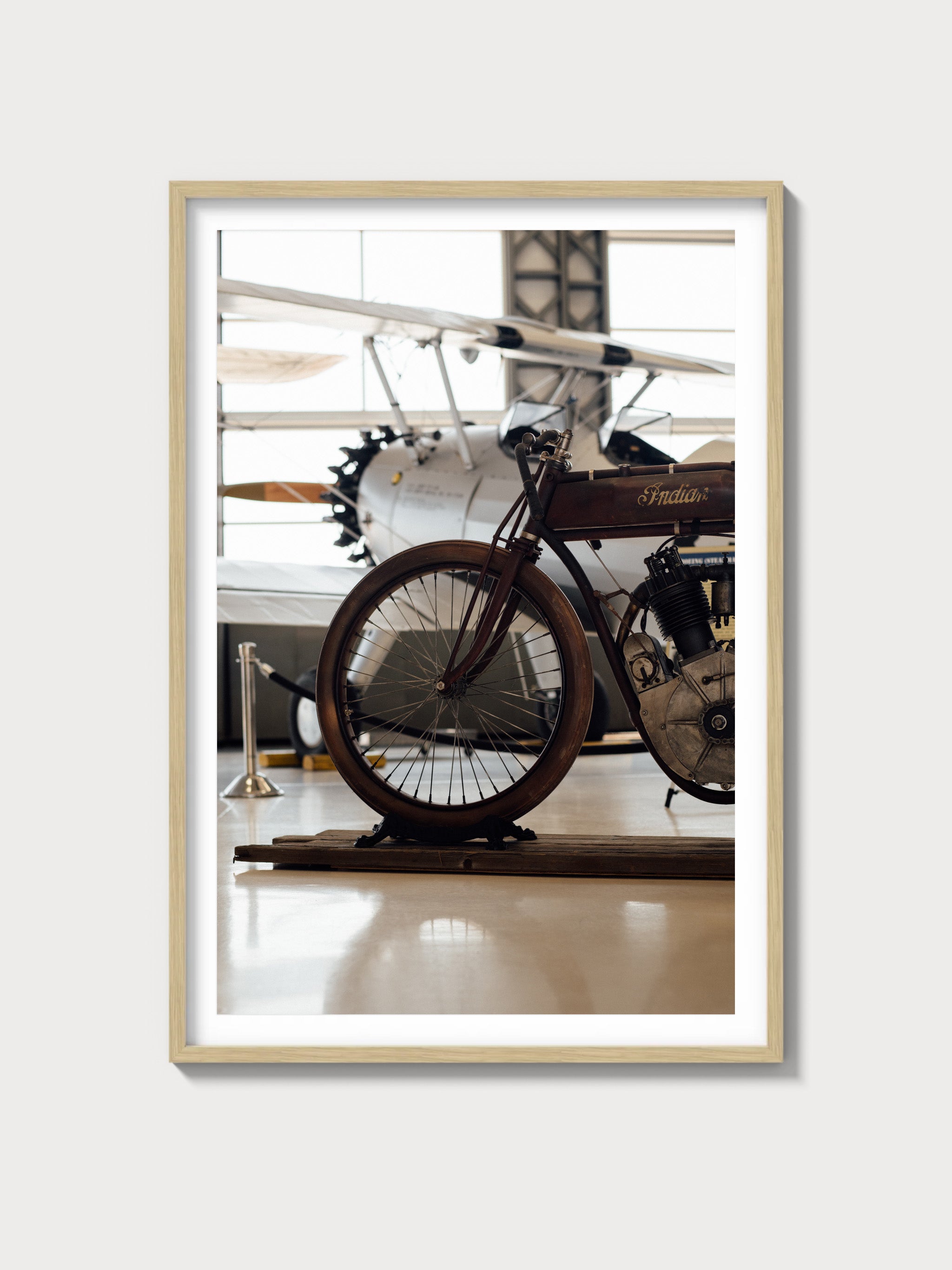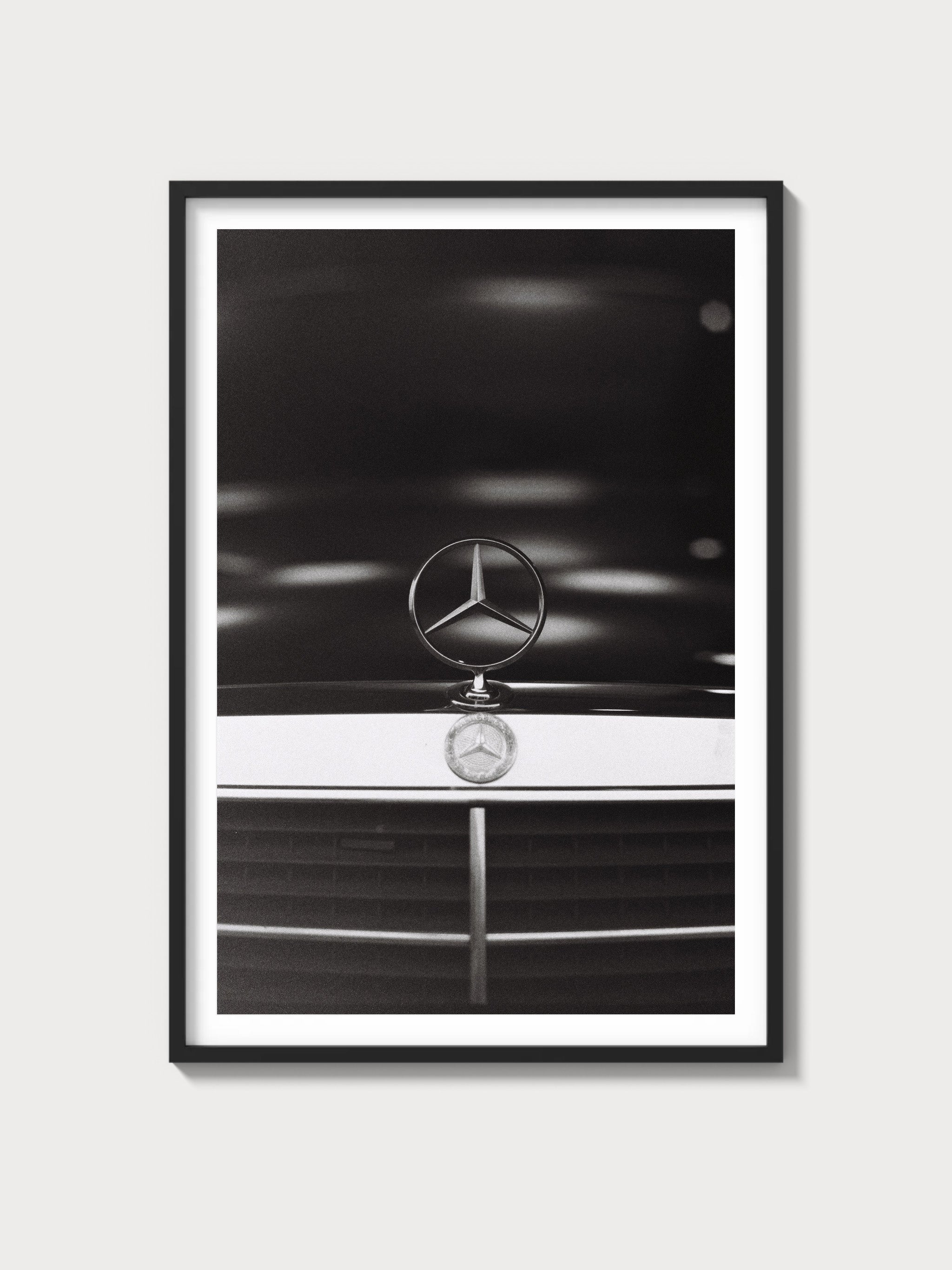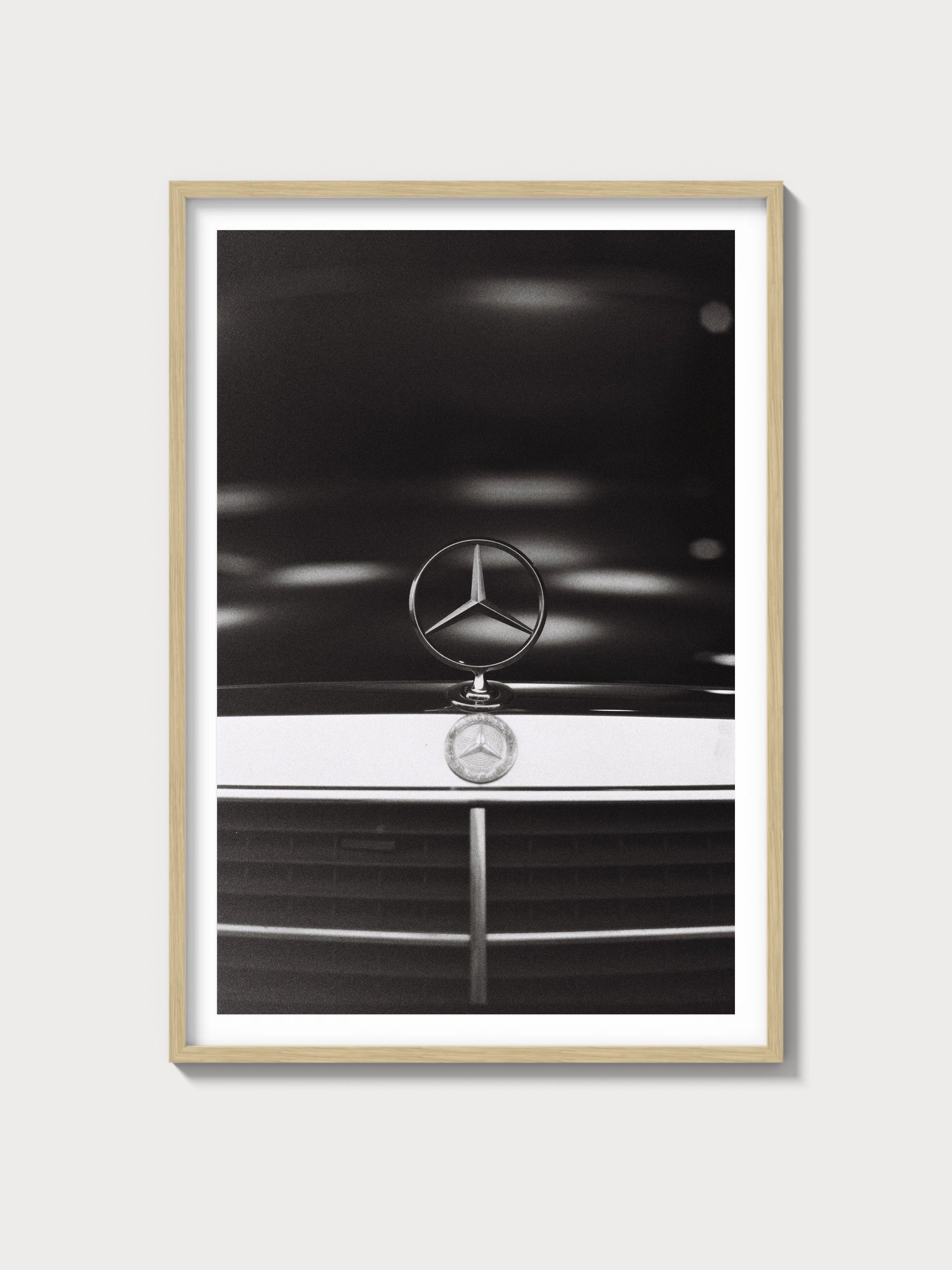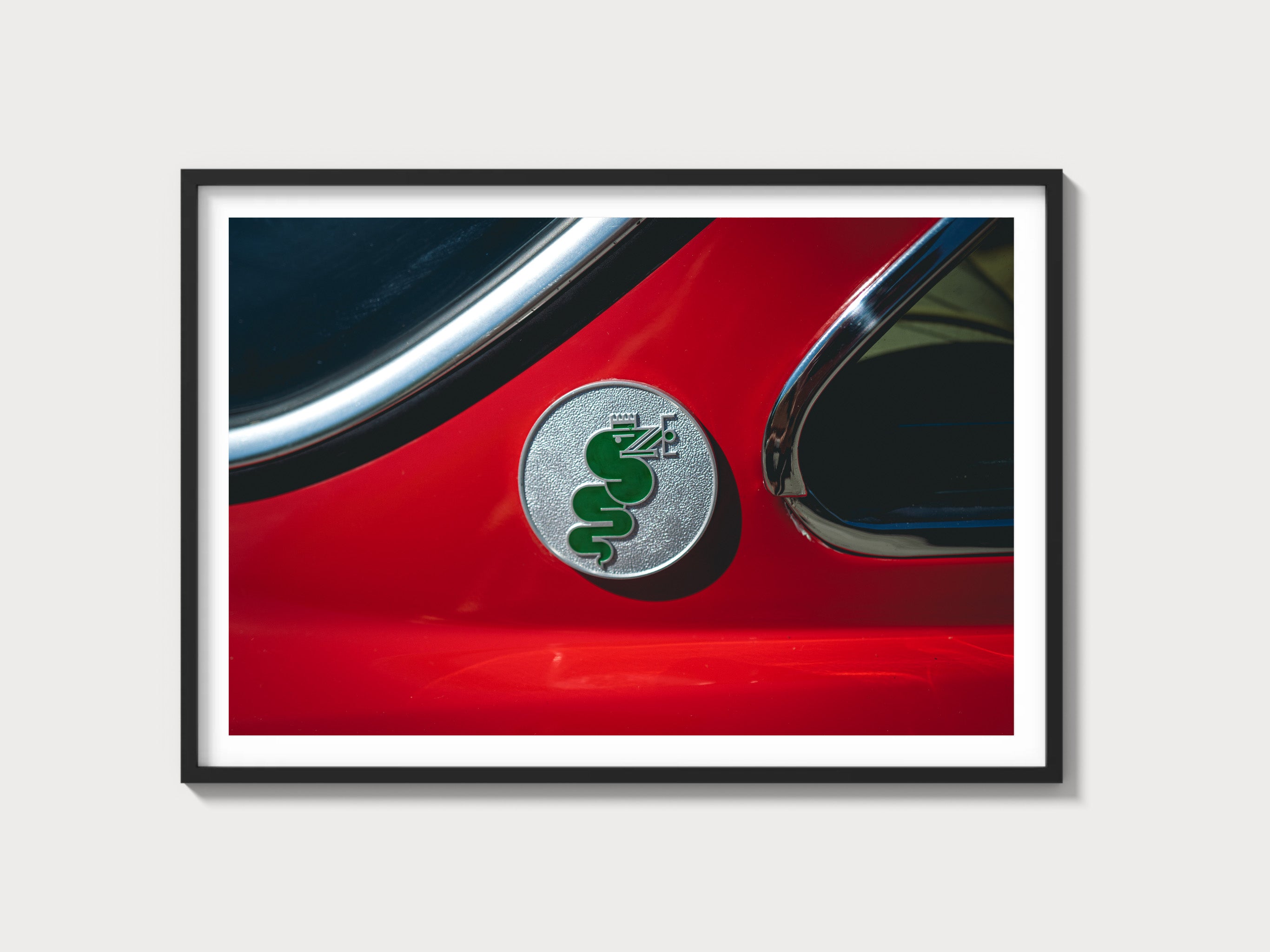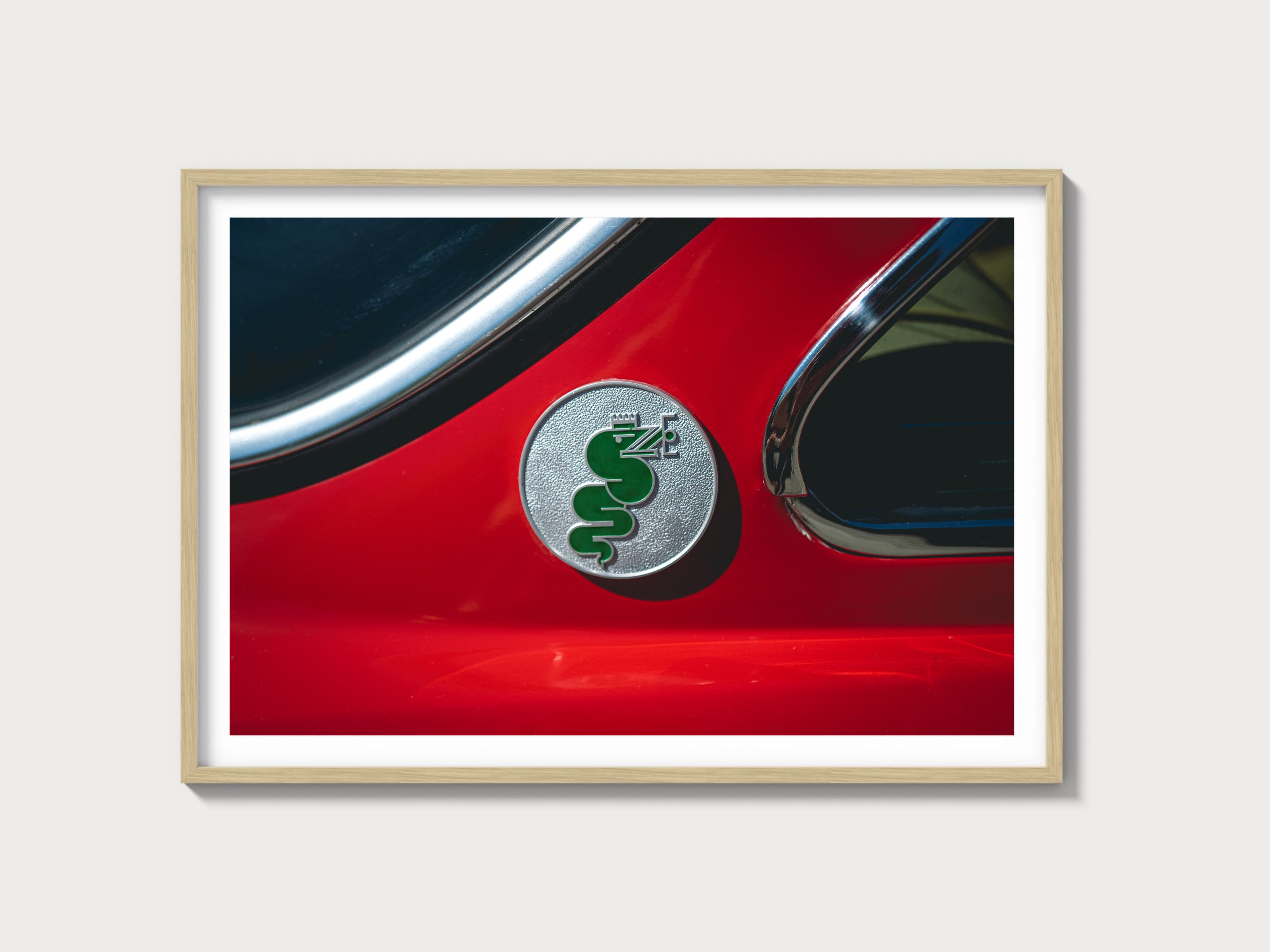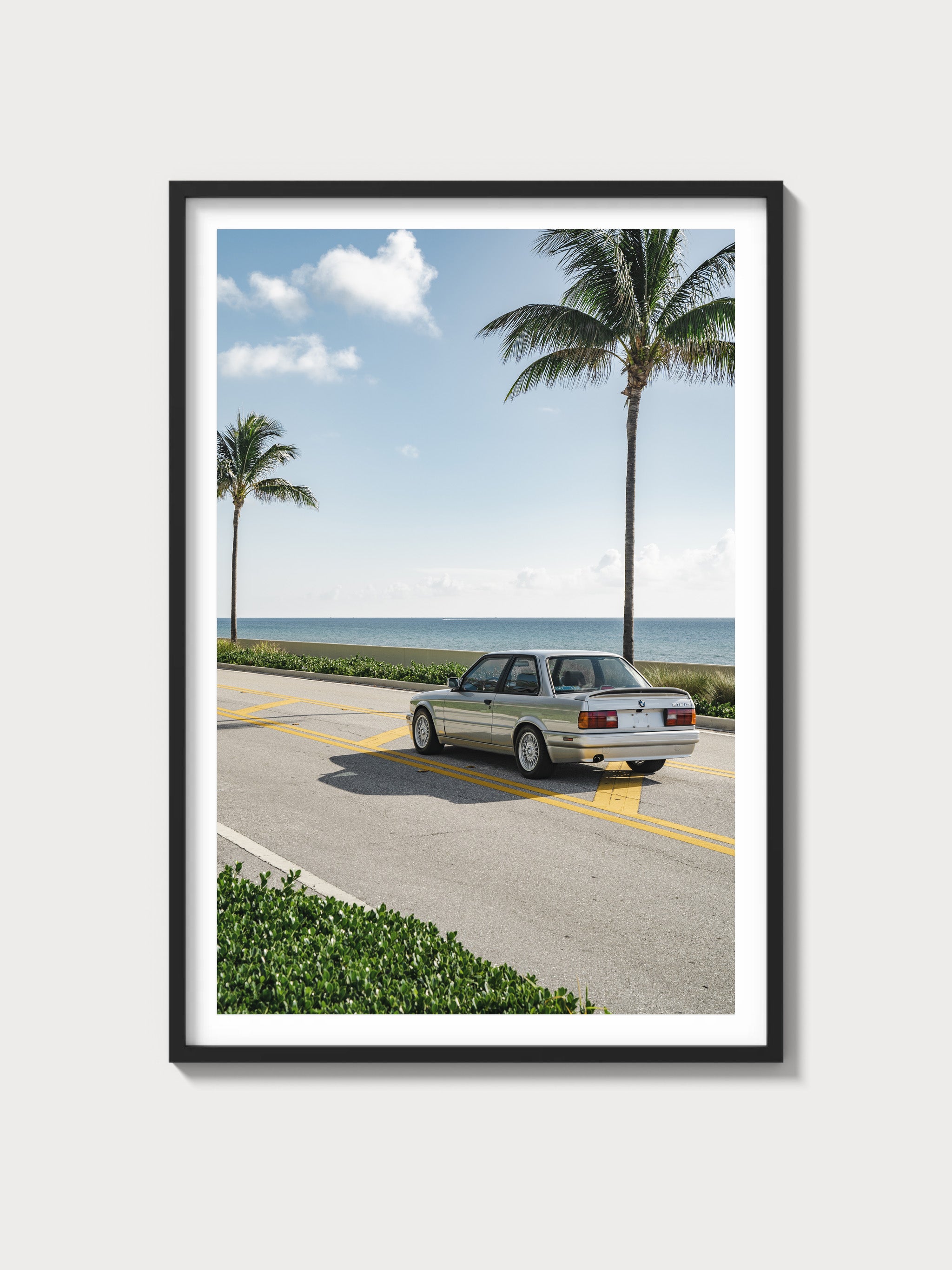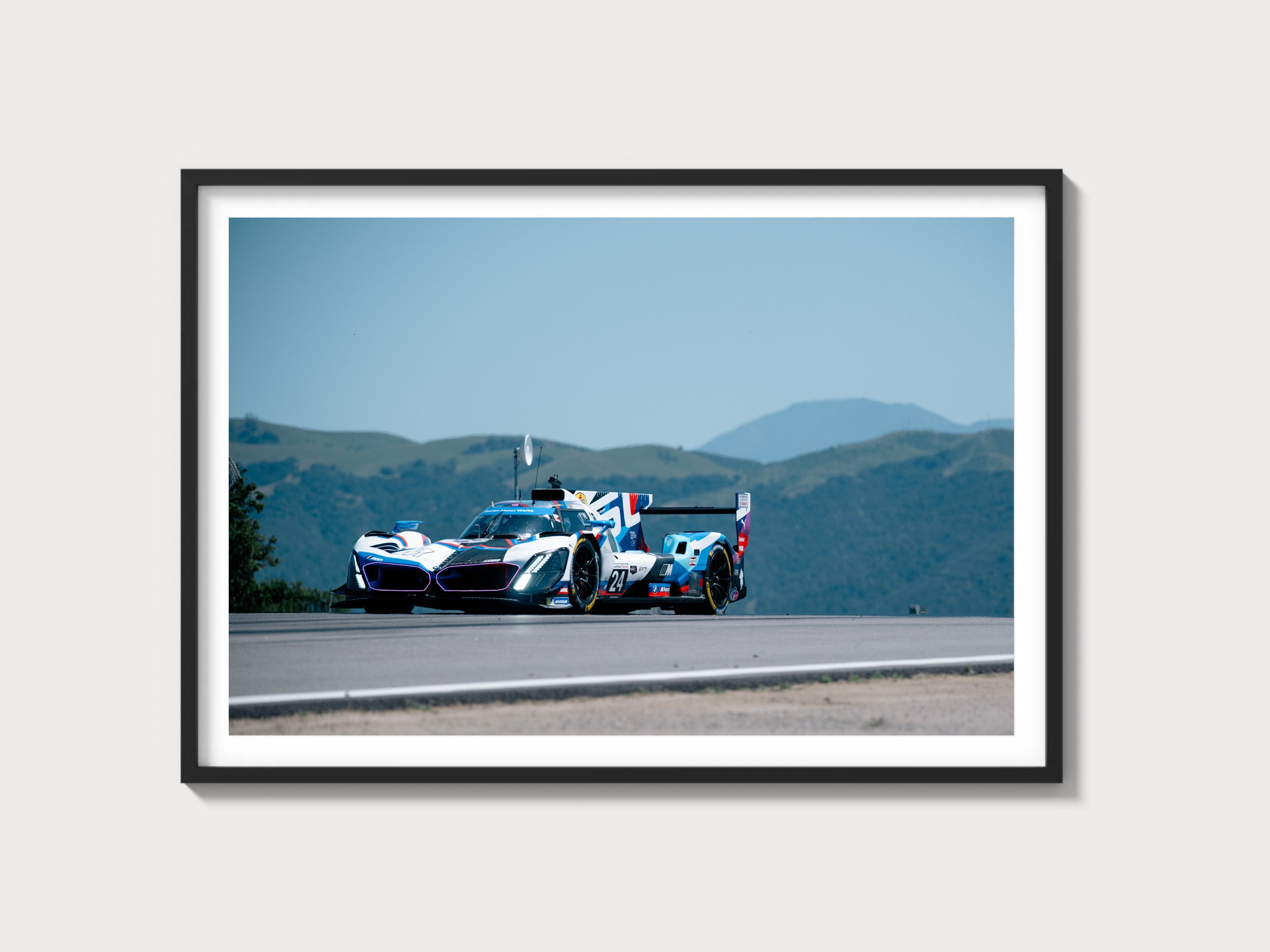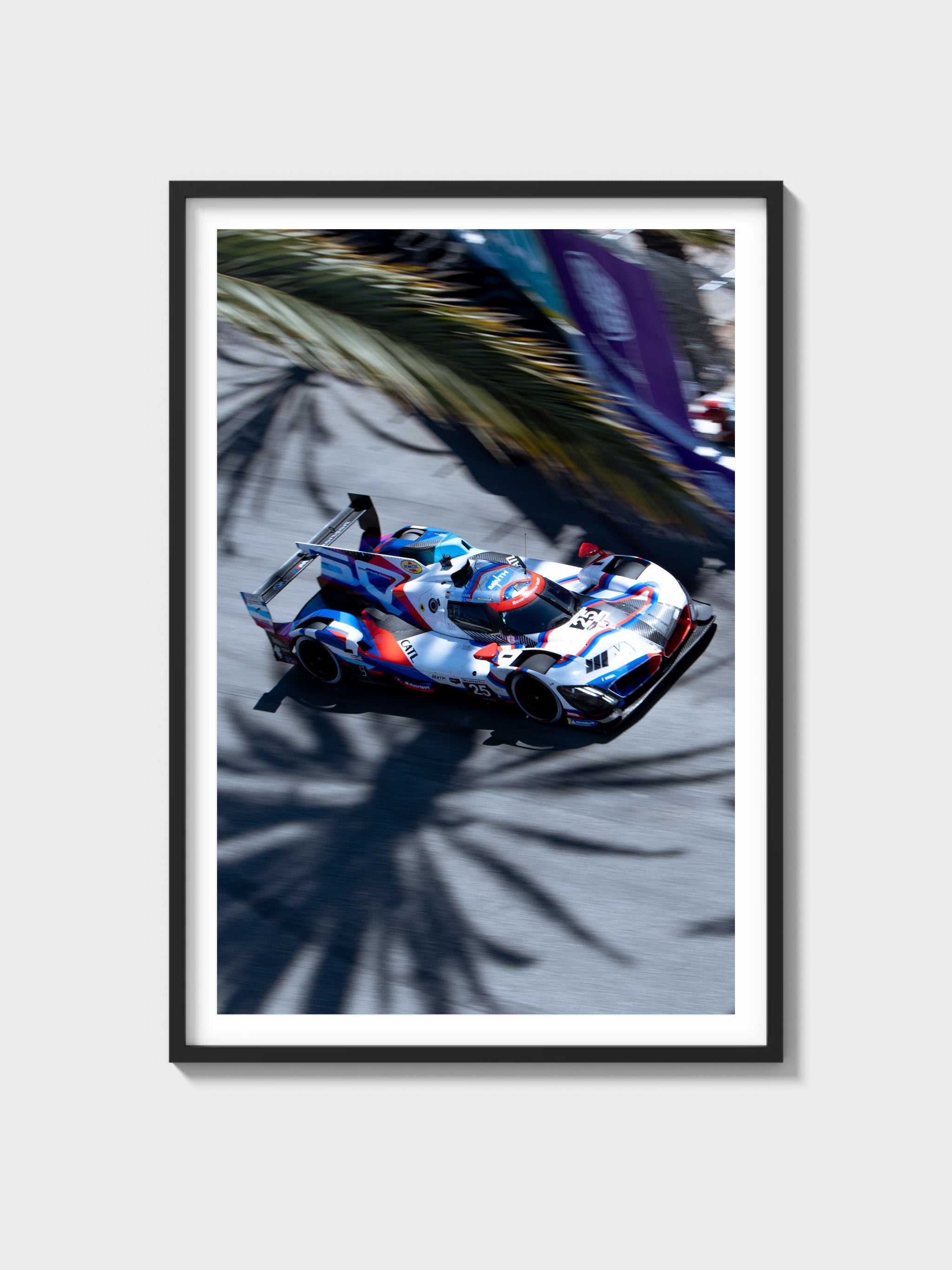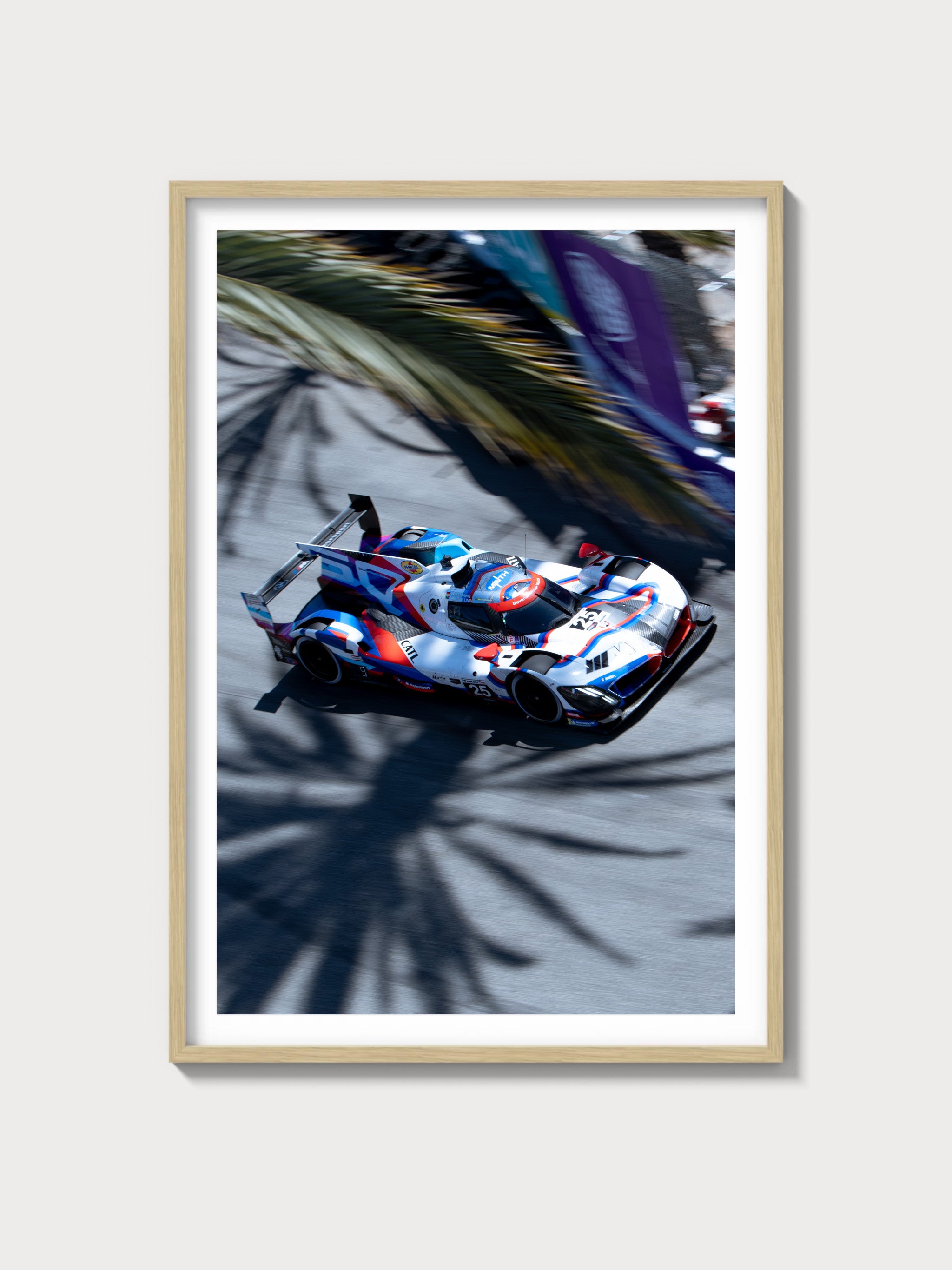1990–1996 Chevrolet Lumina APV (1st Gen): The Composite-Panel, Spaceframe GM Minivan
Historical context and development background
Chevrolet’s Lumina APV arrived for the 1990 model year as the bow-tie entry in General Motors’ first wave of front-drive U-body minivans, paired with Pontiac’s Trans Sport and Oldsmobile’s Silhouette. The acronym “APV” stood for All-Purpose Vehicle, echoing GM show cars from the mid-1980s that previewed the one-box aero look and modular seating concept. Production was handled at GM’s North Tarrytown Assembly in New York, and the platform was distinguished by a galvanized steel spaceframe clad in sheet-molded composite (SMC) exterior panels designed to resist door dings and corrosion.
The design thrust was unapologetically futuristic for the time: a dramatically raked windshield, long dashboard-to-axle distance, and smooth composite surfaces that lent the family nickname “dustbuster vans.” Inside, the APV employed lightweight, quick-release individual rear seats that could be rearranged or removed to suit cargo duty—an idea that predated many later “modular” interiors.
Corporate context matters here. GM pitched the U-body as a technological counter to Chrysler’s runaway success with the Caravan/Voyager twins and Ford’s truck-based Aerostar. The APV chased aerodynamic efficiency and car-like dynamics, aligning more closely with contemporary GM W-body sedans than with traditional vans. While the Lumina name was concurrently leveraged in stock-car racing—Chevrolet’s Lumina sedan bodied many NASCAR entrants in the early ’90s—the APV itself stayed firmly in the roadgoing family-utility lane, ceding any overt performance image to its Pontiac sibling’s sportier branding.
Competitor landscape during the APV’s run included Chrysler’s second-generation minivans, Toyota’s mid-engine Previa, Mazda’s rear- or all-wheel-drive MPV, and later, the Nissan Quest/Mercury Villager. Against this set, the APV’s major calling cards were its rust-resistant body panels, flexible interior, and available 3800 Series I V6 delivering stout low-end torque.
Engine and technical specifications
Across its lifecycle, the Lumina APV offered three main V6s, all transversely mounted and driving the front wheels via automatic transmissions. Early vans paired the 3.1 MPFI with a 3-speed automatic, while the torquier 3800 and later 3100 SFI typically received a 4-speed overdrive automatic.
| Engine | Configuration | Displacement | Horsepower | Induction | Redline | Fuel system | Compression | Bore × Stroke |
|---|---|---|---|---|---|---|---|---|
| 3.1 MPFI (LH0) | 60° OHV V6 | 3,135 cc | 120 hp (approx. period rating) | Naturally aspirated | ~5,500 rpm | Multi-port fuel injection | ~8.8–8.9:1 | 89.0 mm × 84.0 mm (3.50 in × 3.31 in) |
| 3100 SFI (L82) | 60° OHV V6 | 3,097 cc | ~160 hp (period rating) | Naturally aspirated | ~5,800 rpm | Sequential fuel injection | ~9.5:1 | 89.0 mm × 84.0 mm (3.50 in × 3.31 in) |
| 3800 Series I (L27) | 90° OHV V6 | 3,791 cc | 170 hp (period rating) | Naturally aspirated | ~5,500 rpm | Multi-point fuel injection | ~9.0:1 | 96.5 mm × 86.4 mm (3.80 in × 3.41 in) |
Transmissions: early 3.1 vans commonly used GM’s 3-speed automatic (THM125C/3T40). The optional 3800 and later 3100 SFI paired with a 4-speed overdrive automatic (4T60/4T60-E) for more relaxed cruising and improved acceleration. Final-drive ratios varied by engine and axle package.
Driving experience and handling dynamics
The Lumina APV drove more like a contemporary GM sedan than a traditional van. The long cowl and steeply raked windshield gave an expansive forward view, though judging the nose required acclimation. Steering was light and reasonably accurate, tuned for ease rather than feedback.
Ride quality skewed supple on the highway. The front used MacPherson struts with an anti-roll bar; the rear employed a torsion-beam/twist-axle layout with coil springs, prioritizing packaging efficiency and a flat load floor. With the 3.1 MPFI and 3-speed, the APV felt adequate around town but worked hard on grades. The 3800’s broad torque plateau transformed the van’s character—confident merges, less hunting between gears, and effortless part-throttle response. The later 3100 SFI split the difference, aided by the 4-speed’s shorter first gear and overdrive for quieter cruising.
Brake hardware was period-typical: front vented discs and rear drums, with anti-lock braking available and increasingly common through the run. Pedal feel was progressive rather than sporty, and fade resistance was adequate for family use when properly maintained.
Full performance specifications
Representative period results and factory-indicated figures below; exact numbers vary by equipment, axle ratio, and test methodology.
| Spec | 3.1 MPFI (LH0) | 3100 SFI (L82) | 3800 Series I (L27) |
|---|---|---|---|
| 0–60 mph | ~11–12 s | ~10–11 s | ~9–10 s |
| Quarter-mile | ~18.5 s @ ~75–78 mph | ~17.5–18.0 s | ~16.9–17.4 s @ ~80–83 mph |
| Top speed | ~105 mph (governed) | ~105–110 mph | ~110 mph |
| Curb weight | ~3,550–3,650 lb | ~3,600–3,700 lb | ~3,650–3,800 lb |
| Layout | Front-engine, front-wheel drive | ||
| Brakes | Front vented discs, rear drums; ABS available/commonly equipped | ||
| Suspension | Front MacPherson struts, rear torsion-beam with coil springs | ||
| Gearbox | 3-speed automatic (early 3.1) or 4-speed overdrive automatic (most 3800 and later 3100 SFI) | ||
Variant breakdown and trims
Chevrolet offered the APV in passenger and cargo configurations with escalating equipment. Trim names and content evolved, but the core hierarchy remained consistent.
| Trim/Edition | Production (approx.) | Key Features | Engine availability | Market notes |
|---|---|---|---|---|
| Base (Passenger) | Not publicly broken out by GM | Cloth, modular/reMovable rear seating, manual accessories early on; right-side sliding door | 3.1 MPFI; later 3100 SFI; 3800 optional in select years | Core volume model in U.S./Canada |
| CL / Mid-level | Not publicly broken out by GM | Upgraded trim, power accessories, alloy wheels, appearance accents | 3.1 MPFI or 3100 SFI; 3800 optional depending on year | Common dealer-stock configuration |
| LS / Up-level | Not publicly broken out by GM | Premium upholstery, enhanced sound, convenience packages, body-color trim (later years) | 3100 SFI or 3800 | Often paired with ABS and the 4-speed automatic |
| Cargo (Panel Van) | Not publicly broken out by GM | Reduced glazing, simplified interior, payload-oriented | 3.1 MPFI / 3100 SFI; 3800 availability limited | Fleet and small-business focus |
- Exterior evolution: early models wore contrasting lower cladding; later vans (notably post-facelift) adopted a shorter visual nose and more conventional front-end detailing.
- Seating: individual quick-release second/third-row chairs; integrated child seats were available on some trims.
- Safety/tech: ABS available early and widely fitted later; driver airbag phased in with updates, with interior revisions accompanying the facelift.
Ownership notes: maintenance, parts, restoration
- Powertrains: the 3800 Series I (L27) is renowned for durability and torque. The 3.1 MPFI is simple and robust; the later 3100 SFI adds power but introduces the well-documented GM 3100/3400 intake manifold gasket vulnerability—inspection for external coolant weep and oil/coolant cross-contamination is prudent.
- Transmissions: the 3-speed (3T40) is sturdy but keeps revs high at highway speeds; the 4T60/4T60-E overdrive units improve refinement. As with any period GM automatic, routine fluid and filter service pays dividends; solenoid and valve-body issues can crop up on high-mile examples.
- Body/structure: SMC panels resist rust and minor dings, but the underlying steel spaceframe and suspension mounts should be inspected carefully in salt-belt regions. Sliding door alignment and track wear are common age-related items.
- Brakes and chassis: rear drum hardware and wheel cylinders benefit from periodic refresh. Struts, bushings, and engine mounts often show their age—replacements are widely available and shared with other GM applications.
- HVAC/electrics: blower resistors, window regulators, and rear wiper motors are known wear items. Verify rear A/C line condition if so equipped.
- Service intervals: pushrod V6s use timing chains. Adhering to factory schedules for coolant and transmission services is key to longevity, particularly on 3100 SFI vans.
- Parts availability: mechanical components are plentiful and cost-effective, thanks to wide GM parts commonality. Certain trim and interior bits unique to the APV may require patient hunting or donor vehicles, but composite exterior panels often survive well.
Cultural relevance and market perspective
Among enthusiasts, the Lumina APV has become a cult-favorite for its unapologetically aero “dustbuster” profile and its unusual composite-over-spaceframe construction—a design philosophy shared more with Saturn and the Pontiac Fiero than with mainstream vans. While Chevrolet’s Lumina nameplate saw heavy exposure in stock-car racing, the APV’s legacy is primarily design-forward utility. Sightings in period media and the enduring internet meme-ability of its silhouette have kept interest alive among GM faithful.
Collector interest remains niche but genuine. Clean, well-kept examples—especially those with the 3800 V6, higher-spec interiors, and intact modular seating—tend to draw the most attention. When APVs surface at regional auctions or enthusiast sales, prices historically skew sensible; condition, originality, and rust exposure matter more than trim badges.
Frequently asked questions
Is the Chevrolet Lumina APV reliable?
With proper maintenance, yes. The 3800 Series I is especially long-lived. The 3100 SFI offers better performance than the early 3.1 MPFI but should be checked for intake manifold gasket health. As with any older minivan, transmission service history and frame corrosion checks are essential.
What engines did the APV use?
3.1L MPFI V6 (early years), 3100 SFI V6 (later), and the optional 3.8L 3800 Series I V6 on select trims/years.
How quick is it?
Period testing typically saw 0–60 mph in roughly 11–12 seconds with the 3.1 MPFI, around 10–11 seconds with the 3100 SFI, and roughly 9–10 seconds with the 3800. Top speed was generally governed near 105–110 mph.
What are common problem areas?
On aging examples: sliding door tracks/alignment, rear drum brake hardware, HVAC blower resistors, window regulators, general bushing/strut wear, and—on 3100 SFI engines—intake gasket seepage if not addressed. Always inspect the steel spaceframe and substructures for rust.
Parts availability?
Mechanical parts are widely available due to shared GM components. Unique interior trim and some model-specific pieces require sourcing from salvage or specialty vendors, but the composite exterior panels often remain serviceable.
Towing capacity?
APVs were commonly rated to tow when properly equipped; consult the specific owner’s documentation for axle and cooling packages. Many were configured for light-duty towing typical of the class.
Why the “dustbuster” nickname?
The extended, steeply raked windshield and long nose created a distinctive profile reminiscent of a handheld vacuum—an enthusiast nickname that stuck across the GM U-body trio.
Conclusion
Viewed through an enthusiast’s lens, the 1990–1996 Chevrolet Lumina APV is an intriguing chapter of GM experimentation: spaceframe engineering and composite panels applied to the most utilitarian segment. The drivetrain choices—especially the torquey 3800—give it a quietly competent road manner, while the airy cabin and modular seating remind you why these vehicles sold in solid numbers. Today, a straight, rust-free APV rewards with durable mechanicals, easy parts sourcing, and a shape that guarantees a conversation at any cars-and-coffee.

